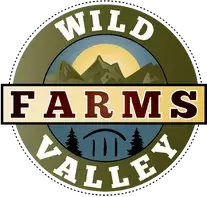By Cindy CloningerOr the best flowers & plants for your garden container and pots. Container gardening has many appeals. With ease of use and convenience in growing herbs and veggies fresh at hand, coupled with less stooping and bending, it’s no wonder potted plants are so popular. Container gardens are beautiful with their differing hues of green and varied shaped leaves. From the bright colors to multi-toned flowers, containers can add interest and be pleasing to the look and smell of spaces both in and outside your home. Container planting is not just limited to the floral variety, but planting herbs, berries, and vegetables in pots are not only beautiful, they can be bountiful as well. Wild Valley Farms has put ingenuity to work once again and created Nutri Wool Pots from completely recycled wool felt. Different from most potting containers, Nutri Wool Pots are made of natural materials, that protect your plants from overheating and better insulate them from extreme temperatures. We already know the benefits that wool can provide as it breaks down over time releasing the perfect amount of nutrients to your tender plants and the barrier to pests like slugs and snails. Now you can have the added convenience of planting directly in these colorful Nutri Wool Pots. They look beautiful on any porch or balcony and because of their dense fibers they hold the water making them the perfect container for your blooms and crops. An added benefit of the completely organic pots is the biodegradable factor. These little beauties can be planted directly in the soil when you are ready for making a more permanent home for the plants that grace the steps of your porch. With a list of benefits like these, Nutri Wool Pots are a win, win for your planting needs. One major drawback to plants in pots is watering. Plants in containers have limited root space and require more watering, sometimes twice daily in hot weather. Installing automatic drip irrigation systems or bulb watering that releases over time can help, but perhaps the easiest solution is adding wool pellets to your soil. Wool Pellets, though small, pack a major punch in gardening benefits. As part of their innate make-up, wool pellets soak up water. As a result, this creates added porosity for root growth and lessens watering by 25%, taking container gardening to a whole new level of ease. It’s no wonder that Wool Pellets have gained national attention and awards. Read about their journey from anonymity to acclaim in Wild Valley Farms Keeps Busy Bringing Wool Pellets to the World - 2017 Year in Review If you haven’t tried them out yet, you will love the work they provide and be pleasantly surprised at how well plants thrive when wool pellets are part of the soil make up. Not convinced? We have 6 Reasons You Should Be Using Wool Pellets in Your Garden Soil Creating the visionContainer growing can be as simple as a single plant or crop in a container on your step to a layered visual and pleasantly scented arrangement of many types of plants. Some key steps experts suggest to getting that pleasing look out of your containers are planting in three areas. The thriller, filler, & spiller.
Keep in mind colors variety, layer bulbs and plants that flower at different times, and note water and sunlight needs in order to plant like plants together. Flowers and shrubs Visually stunning and creating shape, shrubs can be the anchor of your containers. With the wide varieties that exist, and the portability of containers, you can plant most anything you desire. Here are some showstoppers and proven winners in this category. HibiscusHydrangeaLavender
Peony
ColumbineColumbine offers unique depth and comes in a purples, pinks, yellows, and reds. Columbine, or Aquilegia came from the Latin word for eagle, perhaps because the petals look like eagle talons. Columbine has hardiness in zones 3-9 and are among the easy to grow plant category. With their unique shape and 'nodding' heads Columbine are real 'thrillers'. Snapdragon
Dahlia
Geranium
Cape Primrose
Ivy
Begonia
Petunia
BulbsBulbs have been planted in containers for years. Layering early and late blooms along with different varieties in one container can give you pots bursting with color and fragrance that will last long into autumn. Bulbs need to spend time in the cold in order to bloom. Make sure to check our chart and find key tips about How to Force Bulbs Like a Pro. Some of our favorite bulbs are tulips, crocus, and lilies. Don't be afraid to tuck your favorite herb of vegetable in amongst your other plants. Some flowers may do well the entire season in the 2.5 quart Nutri Wool Pots, but when roots have outgrown the pot, simply place into a larger pot or into your garden soil. Cindy CloningerVirtual Assistant, blog manager, email & social media marketing assistant, web development. I enjoy hiking, fresh fruits & veggies, planting flowers, cooking great meals. But I love being a wife and mother the most. When I'm not doing all of those, I love to read and try new things. No matter the forecast, live like it's spring.
8 Comments
By Cindy Cloninger 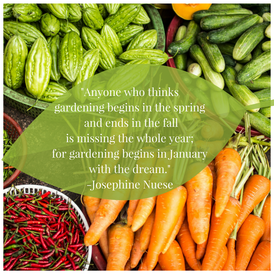 Wrapped up in your blanket, wool socks on, and hot cocoa at the ready….Winter is the perfect time to plan your vegetable and flower garden. I can’t help but get excited thinking of the digging in the dirt, watching seeds germinate and push through the soil and grow at each stage of their development. How lucky we are to be a part of the beautiful growing process. If like me, you love looking through the seed catalogs and garden magazines and plan acres of blooms and bountiful harvests in the fields of your mind, then this exercise will be a joy for you. Before even a shovel full of soil can be turned, however, I need to narrow down what I want to plant and what I actually can plant. {smirk here} I readily admit to leaving more of them planted and blooming in my mind the last few seasons. Like my husband’s army drill sergeant used to say, “Prior planning prevents poor performance.” These 5 P’s pertaining to planning your garden fulfill a couple of great purposes.
Here are a few major considerations to take note of in planning your garden. START WITH THE END IN MINDIn Medieval times, gardens were traditionally used for herbs for medicinal uses and kitchen gardens. Over the years cultivation of gardens has changed to include architectural and water features to the blooming flowers and shrubs of English gardens, to more urban container and vertical gardening, and raised beds for ease of use and containment. Are you dreaming of walking through the flowering landscapes of a butterfly garden, walking a flagstone path under an arched walkway headed toward your favorite bench, or biting into a freshly harvested salad? Determining what you want your end harvest to be can help you best plan and execute with great results. Think about the types of vegetables you like to eat. Do you love a fresh salad? Tomatoes, greens, and lettuce are your choices. If eating jars of salsa is your thing? Tomatoes, peppers, onions, and cilantro are your go tos. Planting a pizza garden with all the garlic, basil, oregano, and tomatoes can be a fun endeavor for kids. Wherever your preference lies, some planning can help you get the most out of the growing season in your area. HARDINESS ZONESSing it with me! Zones, the zones, let’s name the zones, let’s name the zones of the ocean….oh wait! Clearly I have a little too much Finding Nemo and Disney movies permanently etched in my brain if that’s the first thing that comes to my mind when the word zones are mentioned. But that right there, is a great place to start, YOUR growing area, or zone. Climates vary not only from region and state, but can also vary greatly within your state. If you live in a mountainous region like me, what may grow well even 20 miles from you could do poorly in your yard.
This great little tool will help you determine what zone you are in. In addition to the map, talk to locals and take note of plants that grow well and in abundance in your town. The Hardiness Zone Map is designed to tell you the most extremes in your area, those extremes that plants will have to be tough enough to survive through. Knowing your zone, helps you to determine with better clarity which plants will most assuredly survive and thrive. You may be lucky to have some that are on the higher border of your zone that can do well in your garden too. GROWING SEASONThose extreme temperatures and their duration determine the growing season in your area, another HUGE factor in how you go about planning your garden. This knowledge can help you decide if you’d like to get a longer and more bountiful harvest by starting the seed germination process indoors well before the snow melts and freezes aren’t so threatening. Or weather you buy plants that are well on their way from your local garden store at the time of planting. The National Gardening Association has a great little tool to show you the first and last freeze dates based on your zipcode. Be sure to use this Frost Dates Calculator as part of your planning. Utah, on average, has approximately 170 days between the last and first frost. That is a short growing season! Popular crops like tomatoes, peppers, and eggplants, for example, require around a 100 days to harvest so you’ll want to transplant those from starts you have grown or purchased. That being said, harvest times vary widely on the same types of plants so check the labeling on your favorites and start making a list. Picking that perfect spot for your garden and flower bed growing can be tricky. You may be limited to a certain spot. Things that need to be noted in this space are:
Don’t get discouraged right away as there are ways to adjust each of these criteria to help you get the desired results. SUN EXPOSUREMost vegetables require 6-8 hours of direct sunlight per day. The more sunlight they receive, the more plentiful harvest, bigger veggies, and better taste. We’ll make our way around the sun starting with the least amount of sun to the most.
SOIL AND LANDSCAPE, WATERPlant roots will readily spread through soft soil. What we want is rich, dark, nutrient rich soil that has organic matter, aeration, and porosity. Soil like this allows for deep root growth, an ideal environment for your plants. Enriching your soil by adding in Terra Zest compost, will add the needed nutrients. Another solution to soften your soil and create oxygen space in your soil is adding wool pellets. Wool Pellets not only provide water holding it in your soil, but they create oxygen space for root expansion that will help your plants be hardy and strong. Make sure that the landscape and drainage prevents both drying out and flooding areas. Ideally, water will absorb through your soil to a depth of about 6 inches. This doesn’t happen in hardened soils, water will take the path of least resistance and you’ll end up with run off, puddles, and a water depth of only a couple of inches. This makes for thirsty plants and muddy messes. For an in depth look at your soil solutions and to get the best results read How Do I Soften My Soil? NATURAL PREDATORS - Kids, animals, and wind.Our last consideration is preventative of the things that can damage your plants by attack. Plant in a stable area where wind won’t destroy your young plants or keep pollinators from doing their job. There is nothing more frustrating than toiling away and waiting anxiously for that oh, so close harvest only to have them eaten by deer, swallowed up by voles, stomped on, picked, or eaten by the cutest plant predator...kids. While some measures can be taken to prevent such attacks, in other cases it may be better to choose less tempting crops. I had over 300 tulips eaten by deer a few years ago, sigh, I’m still a little devastated by that one. My daffodils have been skipped over every time. I have reluctantly given over to having less and less tulips in my springtime flower bed. So what are those preventive measures? Eliminate moles by eliminating their food of grubs in your lawn. Also, castor oil sprayed on plants and lawns is a natural deterrent. Mixing wool pellets into your soil will naturally cut down on slugs and snails in addition to providing aeration, plant nutrition, and watering aid. Read 6 Reasons Why You Should Be Using Wool Pellets in Your Garden for more information. Other tactics that help with most pest and small predators is to remove hiding places in your garden, think broad leaves and tall grasses. However, wrapping and fencing are still the best deterrents to deer, rabbits, and most other predators. Many plant labels have more information on just how tempting they may be to common predators, so check labels and add as many resistant blooms as you can. And for kids… hide your strawberries where the neighborhood children can’t find them and keep your long stemmed delphiniums far from common walkways. But in the end, just smile that your garden has attracted such young enthusiasts. Now that your creative and horticulture juices are flowing, you can easily take notes and have those ready for the next article in our Planning Your Garden series where we’ll discuss the different ways to map out and determine what type of vegetable garden is best for you. What is the biggest challenge you face in your garden? Cindy CloningerVirtual Assistant, blog manager, email & social media marketing assistant, web development. I enjoy hiking, fresh fruits & veggies, planting flowers, cooking great meals. But I love being a wife and mother the most. When I'm not doing all of those, I love to read and try new things. No matter the forecast, live like it's spring.
By Cindy Cloninger
Being a business owner and entrepreneur in rural America holds unique challenges and opportunities. That being said, this diverse group of individuals are uniquely positioned to understand and solve some of the complex challenges facing the food and agriculture industry. Additionally, having the means to market and produce these solutions to a large audience has the potential to provide sustainability to rural communities through much needed employment opportunities.
In 2015 the AFBF introduced The Farm Bureau Rural Entrepreneurship Challenge. This is the a competition solely for rural food and agriculture businesses. In its first year, the challenge had just 95 applicants and awarded $85,000 in start up funds to 4 rural entrepreneurs.
To compete, currentFarm Bureau members submit their eligible businesses and products that utilize one or more local agriculture product, for food, or can be in the area of production, distribution, marketing, branding, or support services, for the agriculture category.
In this years 2018 competition, over $145,000 was given to recipients in 8 categories with $15,000 each, awarded to the top 4 finalists.
It is the hope of those organizers and affiliates associated with the competition, that small rural business can make a significant contribution to the economic development in the communities in which they live and create a thriving business centered on agriculture needs.
This years competition received 471 applications, up from 350 last year. The selection and application process began for Wild Valley Farms in early May, when acceptance for applications opened for a short one month time period. Applications were then reviewed in July and August with 10 ten applicants selected as award recipients. The 4 best overall teams were named as finalists. The award announcements were made this past October in Washington D.C. where each of the 4 finalists and 6 ‘best in’ recipients received $15,000 respectively.
In addition, participants have been given access to startup funding through opportunities to pitch to investors, feedback from national business experts, venture capital education, networking, and booth space at the American Farm Bureau Convention.
Of note, Wild Valley Farms is the only business to enter from Utah. Wild Valley Farms is dedicated to reducing waste in agriculture and making a difference in the economic sustainability of rural Morgan County.
As a finalist, Wild Valley Farms has a chance to take wool pellets and head to the American Farm Bureau Federation’s annual convention on January 7, 2018 in Nashville Tennessee to compete for an additional $15,000 of start up funds.
Don’t miss this chance to vote for Wild Valley Farms!What you can do? Vote of January 7th
Farm Bureau has given people nationwide the opportunity to help select the winners. All you have to do is log on to https://fbchallengechoiceaward.questionpro.com on January, 7 2018 and cast your vote in support of Wild Valley Farms.
Check out the other amazing entrants in the showcase gallery. If you’re interested in attending you can find out details at convention events page.
Cindy CloningerVirtual Assistant, blog manager, email & social media marketing assistant, web development. I enjoy hiking, fresh fruits & veggies, planting flowers, cooking great meals. But I love being a wife and mother the most. When I'm not doing all of those, I love to read and try new things. No matter the forecast, live like it's spring.
By Cindy Cloninger

Since Wild Valley Farms created wool pellets in 2016, we have been crisscrossing the country trying to get the word out about these gardening superheroes. Life on the road to success has taken owner, Albert Wilde far from the headquarters of Wild Valley Farms in the rural town of Croydon, Utah.
Albert has represented Wild Valley Farms and educated 1000’s of investors, fellow entrepreneurs, and retail owners about the powerhouse punch that comes packaged in an unlikely source, wool pellets.
The year kicked off with attendance at an investment summit in Phoenix, Arizona. This ‘shark tank’-like event was sponsored by the Farm Bureau and was specifically designed as a launching point for agriculture enterprises where participants were given the opportunity to pitch to investors in the lawn and garden agriculture industry.
From there, wool pellets took their story to the Lone Star state to a packed audience. Speaking to investors in Dallas in June at the Gro Group Albert explained, We've developed a product that is a natural organic fertilizer that will fertilize for a whole season, and it’ll retain water, reducing the amount of watering by about 25%, and it’s made from waste wool from sheep.
Gro Group is a unique organization that seeks to match manufacturers and distributors in the lawn and garden industry in partnerships that will help to introduce and promote new products.
This event served as a preliminary entry into the annual Arett Home & Garden Trade Show. In September, Albert gathered with 400 other vendors in Atlantic City for the 3 day event. The Arett trade show is the largest independent garden distribution show on the east coast. This show has proved valuable to getting wool pellets into garden centers in that region. Look for more information to come soon.
Albert furthered the expansion of this wooly growth all the way to British Columbia this past October. Where he told distributors there,
Wool pellets expand not only holding necessary water for your plants, but increasing soil porosity for optimal root growth. They are all organic, sustainable, and renewable, and will naturally release a slow fertilizer with a value of 9-0-2 NPK.
As Albert has taken wool pellets to pastures unknown, like you, new listeners have been intrigued and wowed with the innovation and complex benefits that this new and exciting gardening breakthrough offers. The excitement has been palpable as the buzz generated traveled across the nation. Garden centers across the United States and Western Canada have picked up wool pellets in their search for new products to offer in wide distribution to their customers. See a list of retailers carrying wool pellets on our Retailers page on the Wild Valley Farms website.
Wild Valley Farms was honored as one the 4 finalists for the innovative gardening product, wool pellets, this past October in Washington D.C. in the 2018 Farm Bureau Rural Entrepreneurship Challenge. Over $145,000 was given to recipients in 8 categories. Wild Valley Farms is honored to be the recipient of $15,000 of start up funds and hopes to earn and an additional $15,000 as they move on to compete at the American Farm Bureau Federation’s annual convention on January 7, 2018 in Nashville Tennessee.

Individuals have the unique opportunity to cast their vote online at https://fbchallengechoiceaward.questionpro.com on January, 7th only. Wild Valley Farms hopes to continue the growth and expansion of wool pellets with these funds to offer further availability and saturation in the retail marketplace.
We have a huge potential for growth, and we have some very large companies that are looking to license our product that’ll put it out to a wide distribution for consumers.
In this fun and good natured competition, teams were directed to make boats from cardboard and other materials that would then race down the river from the high school to the Riverside park a short distance of approximately a quarter mile. A precarious journey on forged cardboard to be sure. Participants and winners first showed off their nautical worthy designs in a parade through town that morning. Local businesses, Travers Tours & Travel, Bridget Larsen’s Outside the Lines interior design company, along with others, joined in the fun creating teams, then floating and sometimes sinking their way to the finish line. In addition to bragging rights, cash prizes were won by contestants with $200 going to the winning team.
Wild Valley farms is rooted in their community and grounded by the goodness and character fostered by it’s residents. We strive for excellence in our products and our business mindset. This detailed care and notice of every aspect within our sphere of impact, is what led to the innovation of wool pellets being derived from what is most commonly waste wool. We care about our community, we care about our sheep, we care about our products and our customers.
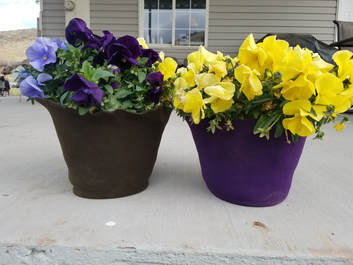 NutriWool Pots: The ideal water, nutrient, and environmental solution NutriWool Pots: The ideal water, nutrient, and environmental solution
Solving gardening and agriculture problems has driven Albert in the creation of wool pellets and the development of some new and exciting products to be released in early 2018.
NutriWool Pots - these unique containers are made from recycled wool felt and are able to insulate the root zone from hot and cold temperatures as well as allow the root zones to “breathe”. The tight wool felt will absorb and hold water in the root zone but will not let the water pass through, keeping the outside of the pot dry. Plant directly in them. Look for these to be available in January. Benefits of NutriWool Pots:
Want to be the first to know when these new products are available? Sign up by clicking on the picture below or HERE
Check our Healthy Gardening Blog for other stories and more in the series Meet Wild Valley Farms - Who Are We? Other blog series coming this year include topics on planning your garden, planting & pruning, along with all the important things you need to know to prepare your soil for the best blooms and harvest.
Cindy CloningerVirtual Assistant, blog manager, email & social media marketing assistant, web development. I enjoy hiking, fresh fruits & veggies, planting flowers, cooking great meals. But I love being a wife and mother the most. When I'm not doing all of those, I love to read and try new things. No matter the forecast, live like it's spring.
By Cindy Cloninger
There are two kinds of bulbs that can be forced
The first type don’t have to be ‘wintered’ at all as they naturally come from warmer tropical climates. These are specifically the Amaryllis and Paperwhites. That means you can have flowers in as little as 3-5 weeks! Which is a major plus if, like me, your life is too hectic to often think months ahead.
The second group need to experience a ‘winter’ so to speak. This variety of bulbs will need to be chilled at around 40 degrees. The time frame varies depending on the individual flower type
Warm weather Non-chilling Bulbs
While individual times vary, a general rule to follow is:
Easy Peasy! That’s why these make such great holiday gifts! Use a bag of our terra zest and mix in some wool pellets and you’ll have thriving plants that will do well in an arid house using a heater.
Easytogrowbulbs.com has this great how-to video on Paperwhites. Check out their great online store for a large variety of bulbs.
Cold weather bulbsAs in life, Chill for best results
Check out this great little video for a step by step look at how this processes goes.
Caring for your holiday poinsettias
Aside from bulbs, winter holidays give us a few other plants to care for. The most common of these is the Poinsettia. The plant is native to Central America and was introduced to the United States in 1825 by Joel Roberts Poinsett. Poinsett was the first US minister to Mexico.
Because it is a tropical plant, protect if from cold temperatures and chilling winds. Poinsettias like 65-70 degrees, ideally, with about 6 hours of indirect light daily. Over watering is a common cause of death for these plants. Take note that while not overly poisonous, if eaten by humans or pets they will cause vomiting and can cause rashes is some people. So keep away from pets, children, and dare-taking teenage boys.
Light and darkness are both equally important to the Poinsettia, who’s scientific name is Euphorbia pulcherrima. It is actually the this contrast in light and dark, beginning in October for about 15 hours of darkness nightly, that turns the normally white leaves red. Once buds develop, it needs less darkness.
The colored “flowers” are actually specialized leaves called brachts, while the true flowers are inconspicuous beads found in the center of the brachts. You can move your plants outdoors once nighttime temperatures stay above 50 degrees. Prune and shape to keep it ‘bushy’ until next fall. Cindy CloningerVirtual Assistant, blog manager, email & social media marketing assistant, web development. I enjoy hiking, fresh fruits & veggies, planting flowers, cooking great meals. But I love being a wife and mother the most. When I'm not doing all of those, I love to read and try new things. No matter the forecast, live like it's spring.
By Cindy Cloninger
 Albert Wilde of Wild Valley Farms honored in Washington Albert Wilde of Wild Valley Farms honored in Washington
This past October, Wild Valley farms founder, Albert Wilde traveled to Washington D.C. as a finalist in The Farm Bureau Rural Entrepreneurship Challenge. Wild Valley Farms and wool pellets were honored as one of the top 4 finalists out of 470 applicants nationwide. Wild Valley Farms, along with the other finalists were awarded a start up fund of $15,000 each and will advance to the next phase of the challenge to compete for $25,000 at the 2018 American Farm Bureau Federation Annual Convention in Nashville.
Jennifer Vesper of Morgan County News conducted an in depth interview with Albert going over the process, objectives and the next steps in the national competition.
With the introduction of wool pellets onto the gardening scene last year, Wild Valley Farms has the gardening and flower world all a buzz and have placed themselves firmly into the marketplace.
Keep a lookout for the Wild Valley Farms wool pellets at a garden center near you or order from our online store.
Thank you, Jennifer, for the interview and the insightful look at rural entrepreneurship and innovation of wool pellets.
Read the full story at Morgan County News, or click on the image below
You can find more information about the contest and participants results at www.strongruralamerica.com Be sure to stop in and cast your vote for Wild Valley Farms on January 7, 2018 and help us win those additional start-up funds!
Cindy CloningerVirtual Assistant, blog manager, email & social media marketing assistant, web development. I enjoy hiking, fresh fruits & veggies, planting flowers, cooking great meals. But I love being a wife and mother the most. When I'm not doing all of those, I love to read and try new things. No matter the forecast, live like it's spring. By Cindy Cloninger Like many of you, Autumn is one of my favorite times of year. I love the cool beautiful mornings and the absolutely perfect days. Living in the Wasatch mountains we are treated to colorful sunsets to awe and inspire. Autumn is the time of year where we gather with all those we love to enjoy good company, good food, and relish in all the joy that life brings. But before you head indoors and get that turkey ready for the 50 people you care about most, take these easy steps and set your garden up for success in my next favorite season, spring. There are 3 areas of focus you should keep in mind when preparing your garden for winter. First, cut back and clean up. Second, preparing and protecting against the harsh freezing winter temperatures. And the third is to think ahead to planning for early next spring. Splitting the tasks in half, you can easily accomplish these steps in 2 days: a morning & afternoon each. So let’s get started 1 - Cutting back plants and trees & cleaning up your garden Perennials and ornamental grasses should be cut back to the ground. Waiting until spring means new shoots will already be growing. Take advantage of these last few beautiful days to divide any perennials that have gotten too big. Early blooming daisies, phlox, poppies, and cora bells, as well as hostas and peonies will benefit from being thinned out. This is the perfect time to start a compost pile if you don’t have one already. Add to it all of the spent plants in your vegetable garden and clippings from shrubs and leaves that have fallen. Shrubs and Trees Fall is a good time to prune trees and shrubs as foliage has already dropped. Pruning may be done in the fall or the spring. However, a word of caution, some studies show heavy November pruning negatively affects the trees ability to become winter hardy. So it may be best to lightly prune, fruit trees especially, and wait until early spring for more heavy pruning. A quick pruning guide is to maintain a natural shape with shrubs, avoiding boxy or round shapes (unless that is what you are wanting). For fruit trees, you want to trim any down facing branches and create and open bowl shape, so that the branches have room and can support the weight of a plentiful harvest. For all other trees, remove any crossing, damaged, or dead branches, cutting back any overly long branches and shape in a more vertical direction. 2- Protecting your garden plants and soil against the freezing winterWater You might think that worrying about watering has past. But Utah is one of the driest states in the nation, receiving an annual rainfall of just 13 inches. Because it can be most dry during the fall, your evergreens will suffer without regular water until the ground freezes. Local landscape architect, Laurie Van Zandt has the solution. If the root ball is dry going into winter, evergreen trees and shrubs will struggle. To avoid this, after irrigation has been turned off, deep water pines, spruce, and fir every two weeks or so until the ground has frozen unless there is significant rainfall. Nourish Newly planted trees and shrubs are especially vulnerable. It is a good idea to incorporate some compost, dry leaves, and wool pellets into your soil. Who wouldn’t want a nice covering of wool to cozy up to in the cold, freezing nights? While holding necessary water and creating space for roots, wool pellets give a slow release fertilizer that will help your plants in the spring. Say goodbye to slugs and snails with these microscopic razor barbed wool fibers. Adding a 2 inch layer of compost (we recommend Terra Zest) at season's end creates an additional barrier to weeds while contributing to the overall softening of your soil. I probably don’t have to tell you how cold it gets during the long winter months. So bring in potted plants that will have the additional struggle to stay warm. If you have planted warmer climate perennial bulbs and tubers, now is the time to dig those up, cover them in sawdust or wood chips (making sure they are pest free) and store them in the garage. Wrap sensitive plants in burlap for extra protection. Additionally, you can add wood chips, mulch, and potting soil to pots and at the base of plants. Spreading wood & bark mulches are inexpensive, help temperature, and look good. Over time, mulches made from organic materials break down and increase your soil's structure and fertility. We suggest adding a 2-3 inch layer thinning it out around the base of trees. With inconsistent snowfall and temperatures ranges during winter, snow will pile up and then melt, successively. This adds to the deterioration of the soil and can leave roots exposed. This is known as ‘frost heaving’. Regularly check on and add evergreen boughs, pine needles, and pest free straw as covering for roots. This will ensure consistently cold soil temperatures even during a winter thaw. Predators As you're enjoying a holiday feast with loved ones indoors, your garden may be the object of feasting for hungry animals through the winter months. Deer, elk, moose, rabbits, and voles are common winter month munchers. Wrap trees and shrubs in hardware cloth, wrapping around, but not touching the trunk. The ideal height should be at least 4 feet and several inches into the ground to cover larger and ground animals. 3- Planning for SpringDuring fall and winter, our thoughts turn to preparing the indoors for cool temperatures and the richness of family gatherings and holidays. But, we should also be thinking of next spring. Wait...next spring?!?! Yep, you heard right, next spring. If we want the gorgeous garden and flowerbeds in spring and summer we need to prepare our soil for winter right now. Before the ground freezes in autumn, plant those early flowering bulbs. Tulips, crocus’, allium, hyacinths, and the deer resistant daffodils are a beautiful sight flowering in garden beds in early spring. Pansies and violets may also be planted in late fall, they will overwinter and bloom as soon as the snow melts. With so many new varieties now available you can have a wonder of color come spring.
Lastly, in putting our garden to bed and preparing for spring, we have our garden tools and structures. Drain hoses and store flat. Sharpen any tools and disinfect tools and pots. With all the foliage gone, now is a good time to look at the landscape architecture and design of your space. Rock walls, water features, and other pieces can add dimension and shape your entire garden. Reflect on the consistency of blooms and growth throughout the growing season and plan to fill in the holes and gaps. Keep watching for our upcoming series and perfect planning guide for your flower beds and vegetable garden. Now that you’ve soaked up those precious rays of Vitamin D, your garden is looking great, and even better it is ready for winter. Go enjoy evenings that are filled with crisp, cool air, and football games. Soak up skies that are awe inspiring with sunsets in oranges, reds, and purples. And treasure watching the landscape change from autumn hues to winter whites with your loved ones and a cup of cocoa. Cindy CloningerVirtual Assistant, blog manager, email & social media marketing assistant, web development. I enjoy hiking, fresh fruits & veggies, planting flowers, cooking great meals. But I love being a wife and mother the most. When I'm not doing all of those, I love to read and try new things. No matter the forecast, live like it's spring. UTAH STORIES DID THIS GREAT ARTCLE TELLING OUR STORY...... In an emerald-green valley in Croydon, Utah, tucked away in Morgan County like a well-kept secret, lies Albert Wilde’s farm. Albert produces a unique product, one that is growing in popularity with gardeners and farmers as it becomes more available and more familiar--sheep pellets. No, not that kind of sheep pellets. Albert’s pellets are made of wool. Albert is revolutionizing the fertilizer industry by taking a worthless byproduct and turning it into something that has real value. “Most of the wool we produce is good wool,” Albert states, “but black wool [the term for dirty wool] is no good. People don’t want it.” Whereas good wool is used to make clothing, black wool gets thrown away and wasted. But Albert is changing that.
By Cindy Cloninger
In gardening, your primary role is nourisher. You analyze and plan for any potential threats that may inhibit the growth in your garden. You consider carefully your climate zone, the locations of planting, the relationship of plants in your bed, and how best to provide the premium environment for growth. Plants need soil nutrition, water, and aeration to grow. There is a way to improve your soil structure and provide the nutrients, adequate water, and porosity - wool pellets.
What are wool pellets and how can you use them as a growing medium? What are Wool Pellets?1. Wool Pellets Hold Water
Wool Pellets are able to hold 20x their weight in water. When added to gardens or potting soil, they help to reduce watering frequency up to 25%. By holding water, they also wick away extra water, protecting your plants from over watering.
2. Wool Pellets Provide Aeration and Porosity
As wool soaks in water, it puffs up and expands helping to increase porosity(oxygen) in the soil. This gives space for roots to spread out and grow becoming deeper and stronger, reducing the need for additives like Perlite.
Have you had some of your favorite blooms die while on vacation? Using Wool Pellets in flower pots and houseplant containers eliminates packed down soil while allowing excellent aeration, reducing watering frequency and allowing optimal root spread. An 8 oz bag will cover about 15 square feet and is enough for at least 6 gallons of soil if used as directed. 3. Wool Pellets are a Slow Release Fertilizer
4. Wool Pellets are All-Natural, Organic, Sustainable, and Renewable
Wool Pellets are all-natural, organic, and chemical free. This environmentally friendly tool is a safe and fully renewable way for you to provide the nutrients your plants need, while keeping them free from chemicals harmful to you and your pets.
Because it is the natural blend of nutrients that breaks down slowly, wool pellets will not burn your plants and lawn like other fertilizers can. You won’t need to introduce man-made components to aerate, hold water, keep away pests, or provide nutrients to your plants. Wool Pellets make gardening worry free from seed to harvest. 5. Wool Pellets Repels Slugs and Snails
6. Wool Pellets are easy to use!
Our Nutri Wool Pots are perfect for your porchTerra Zest
$45.00
Terra Zest for your garden, flower beds, or anywhere you want to improve your soil and retain moisture. Try planting your tomatoes straight into Terra Zest, you will love the results! Price is per cubic yard(a yard is about a pickup load), and will cover about 162 sqft 2 inches deep. Delivery is ONLY available in Utah and Western Wyoming. Add in the comments when your preferred delivery time would be and we will call to finalize. Read more about Terra Zest and how to use it in your garden and flowerbeds: Terra Zest Premium Organic and All Natural Compost - Wild Valley Farms Product Highlight Nutriwool Pot
$11.99
Nutriwool Pots are a 2.5 Quart fabric pot that are made in the USA. Nutriwool pots will help air prune roots and will hold water better than any other fabric pot. Are 100% bio-degradable and will help feed plants when pots are placed in the soil. You can transplant without taking your plant out of the Nutriwool Pot as the pot will breakdown when placed in the soil. How do you use Wool Pellets?Cindy CloningerVirtual Assistant, blog manager, email & social media marketing assistant, web development. I enjoy hiking, fresh fruits & veggies, planting flowers, cooking great meals. But I love being a wife and mother the most. When I'm not doing all of those, I love to read and try new things. No matter the forecast, live like it's spring. |
Archives
May 2024
Categories
All
|

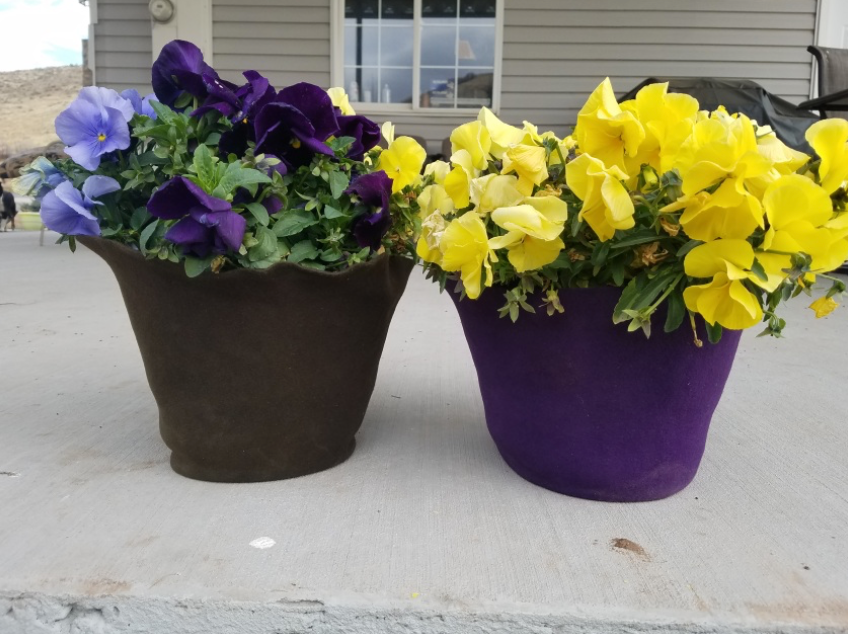




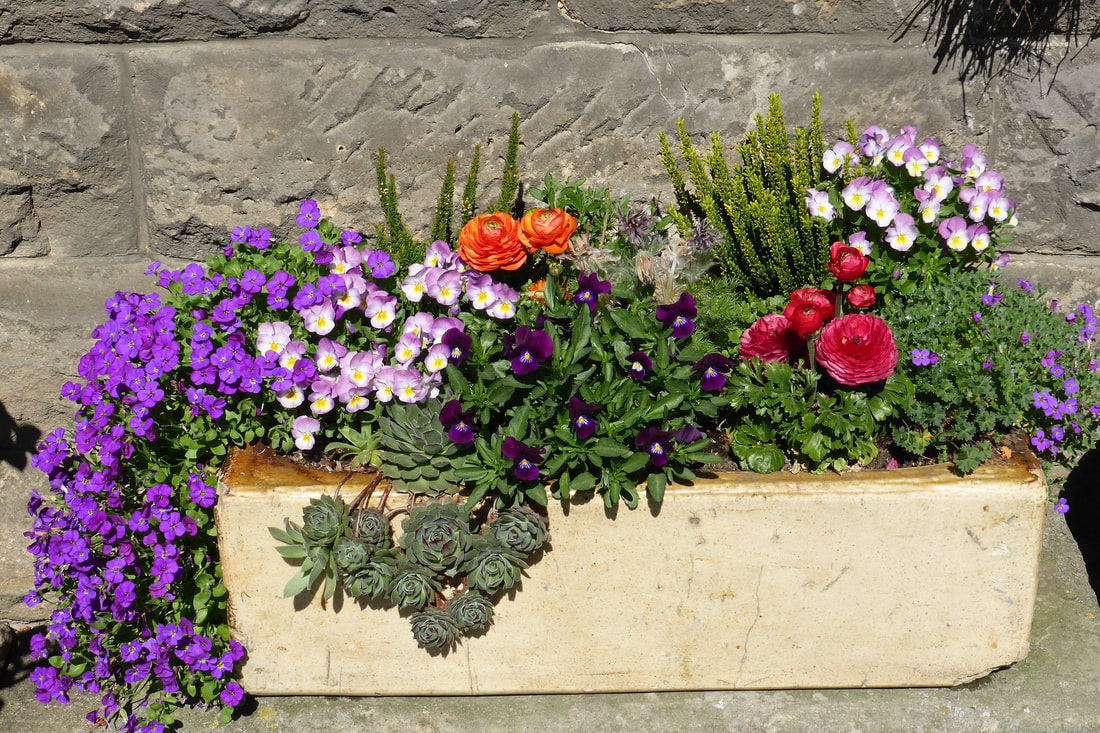

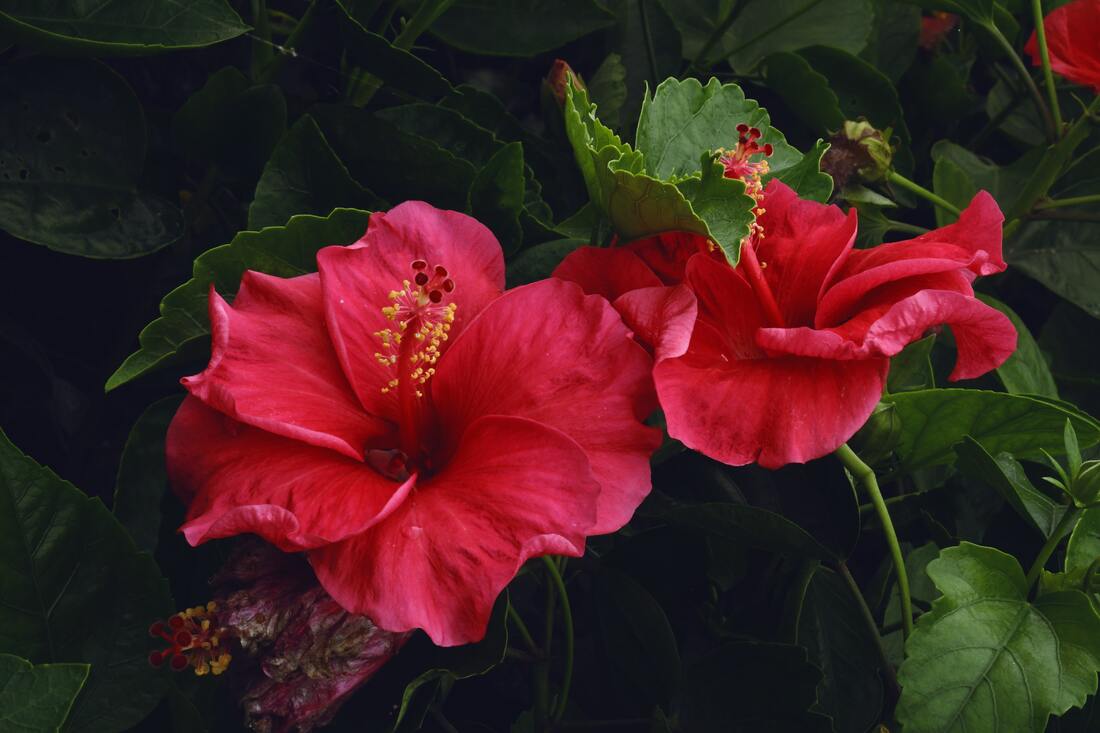
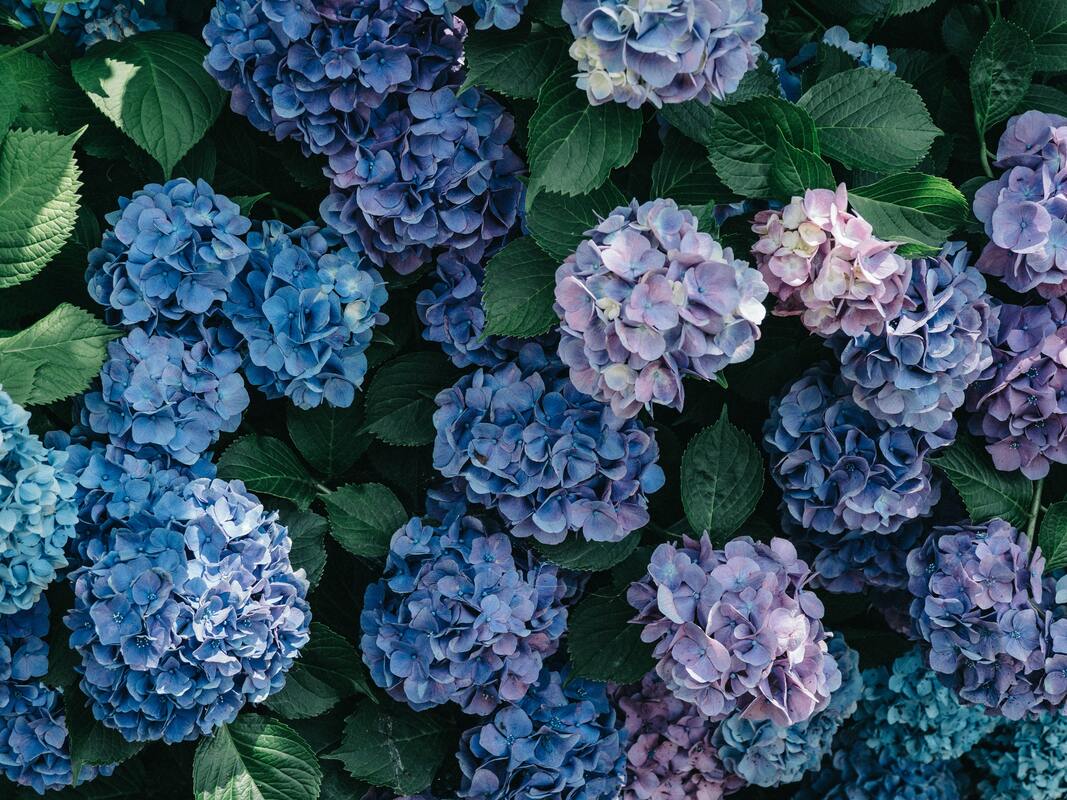

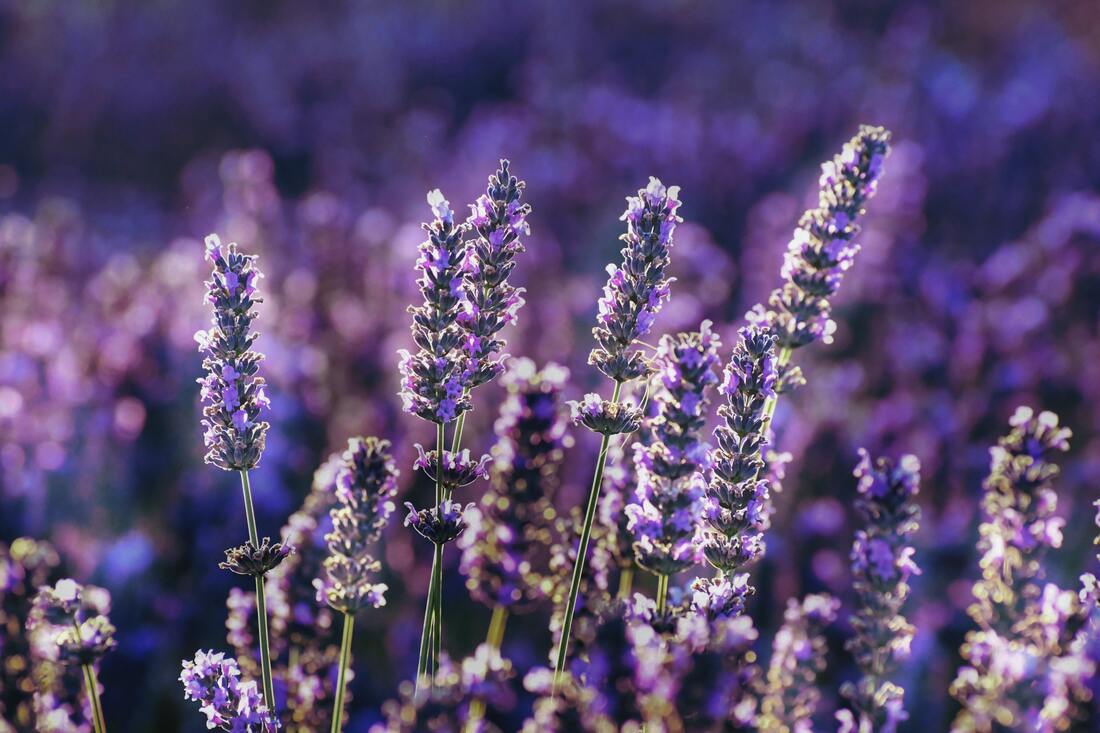
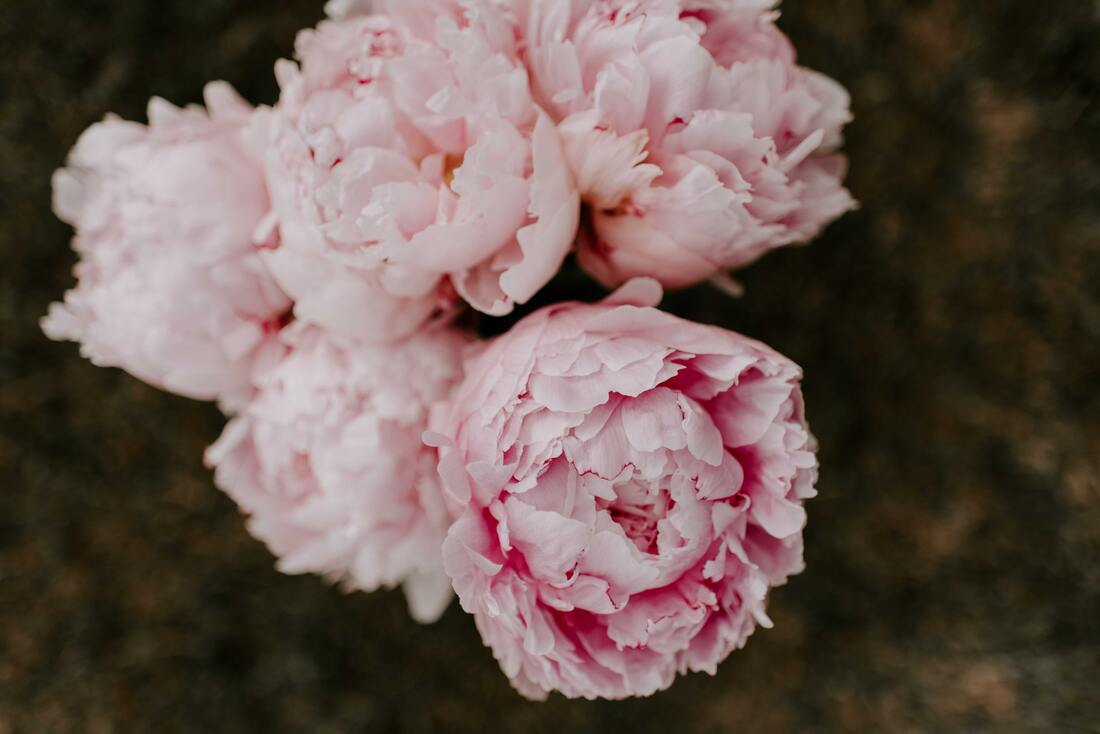

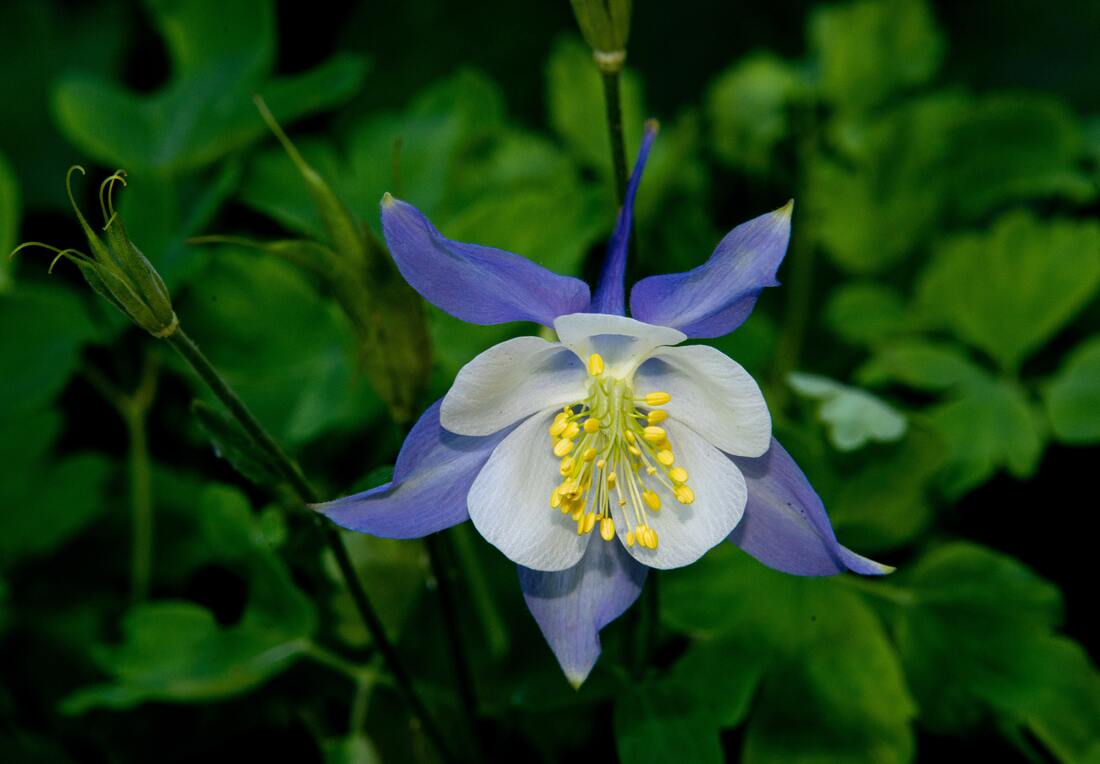
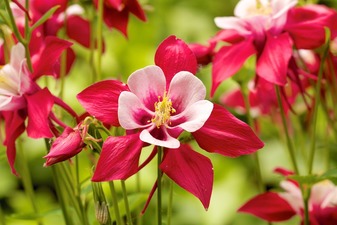
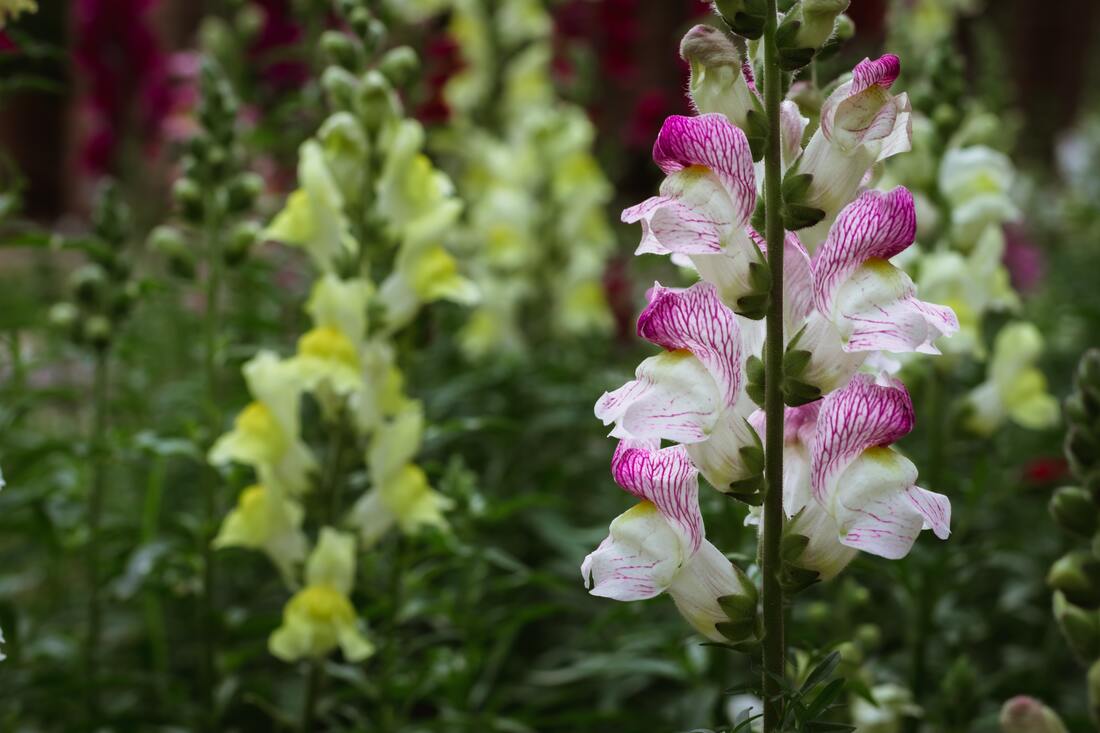
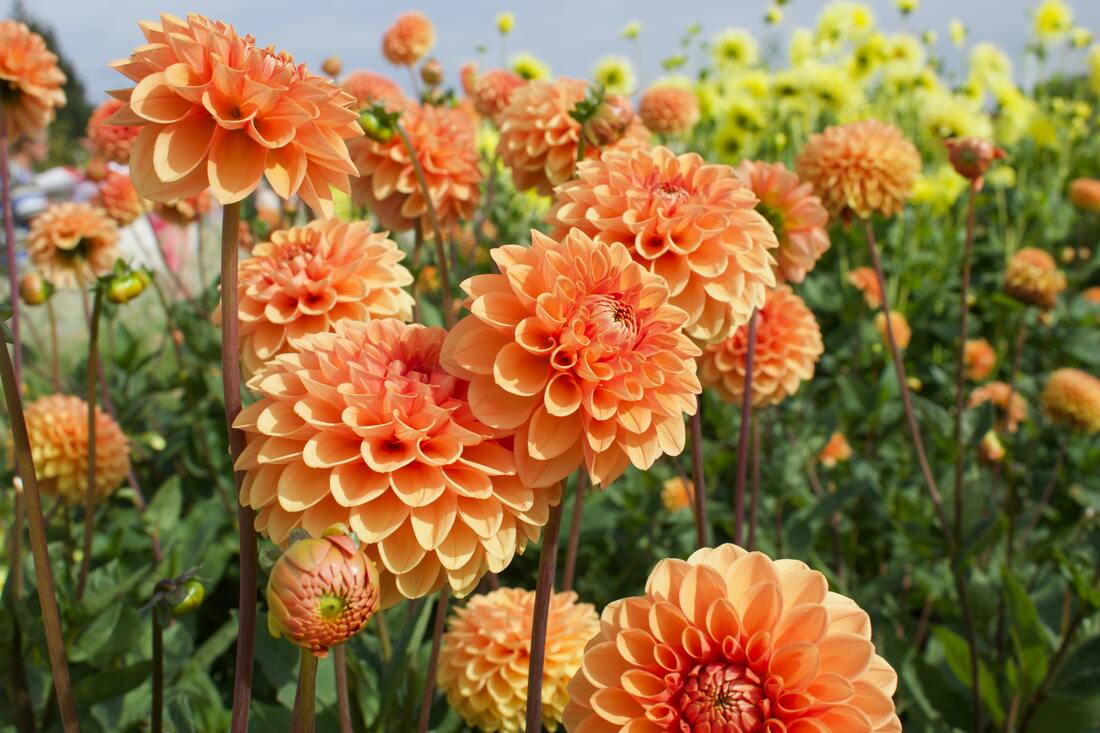


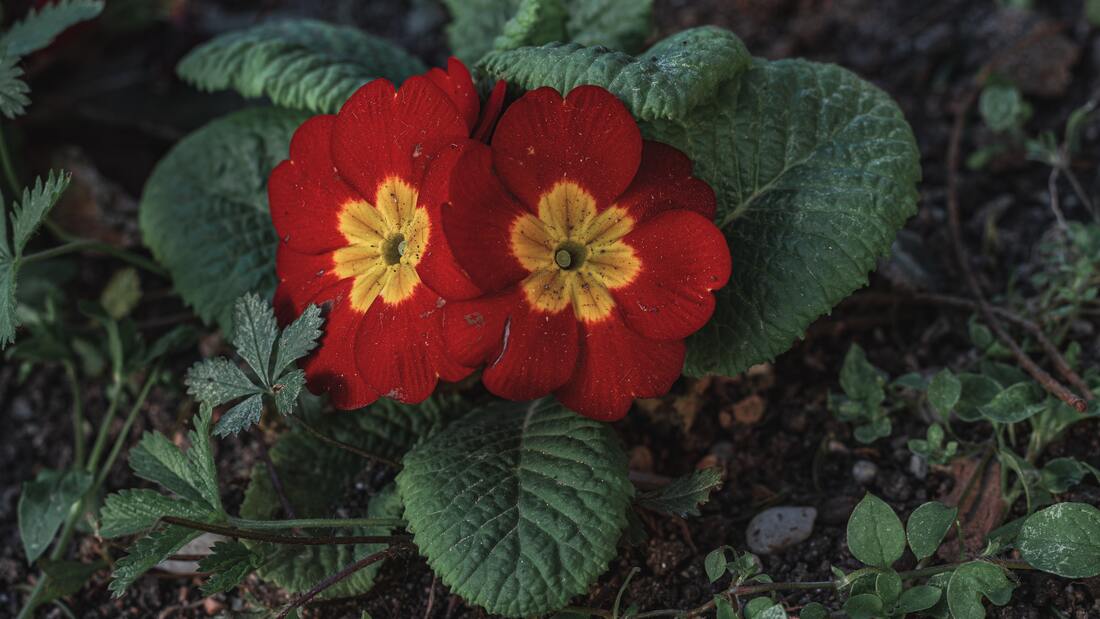

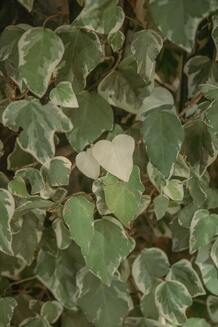
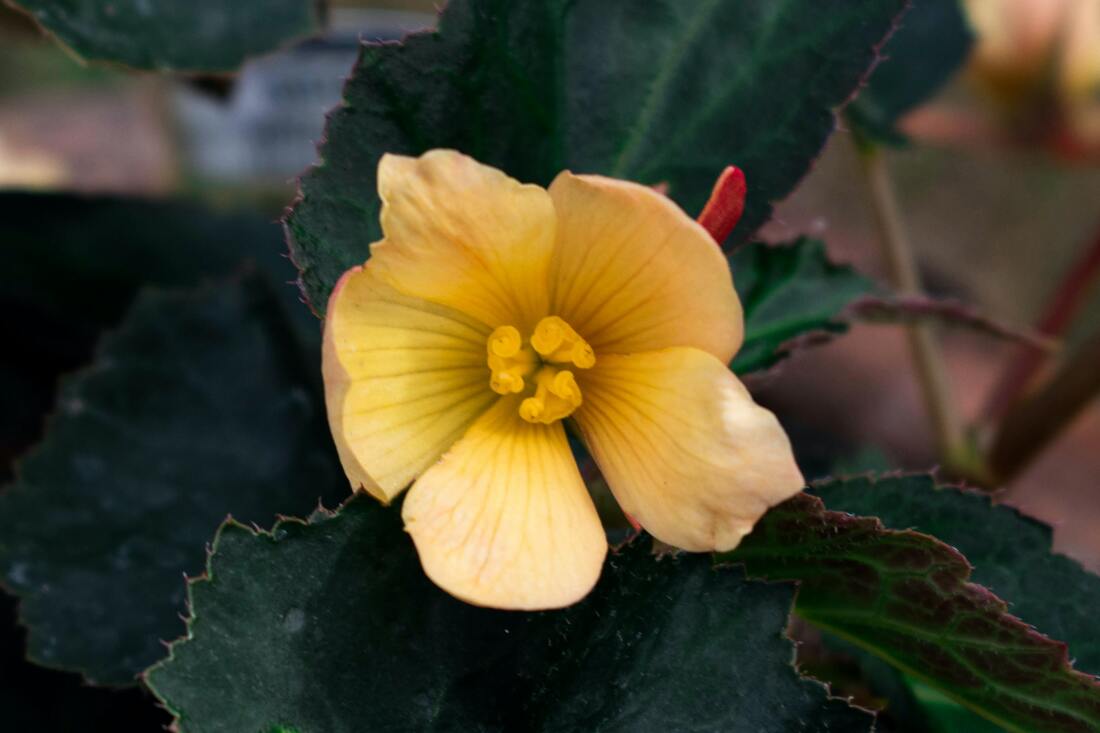


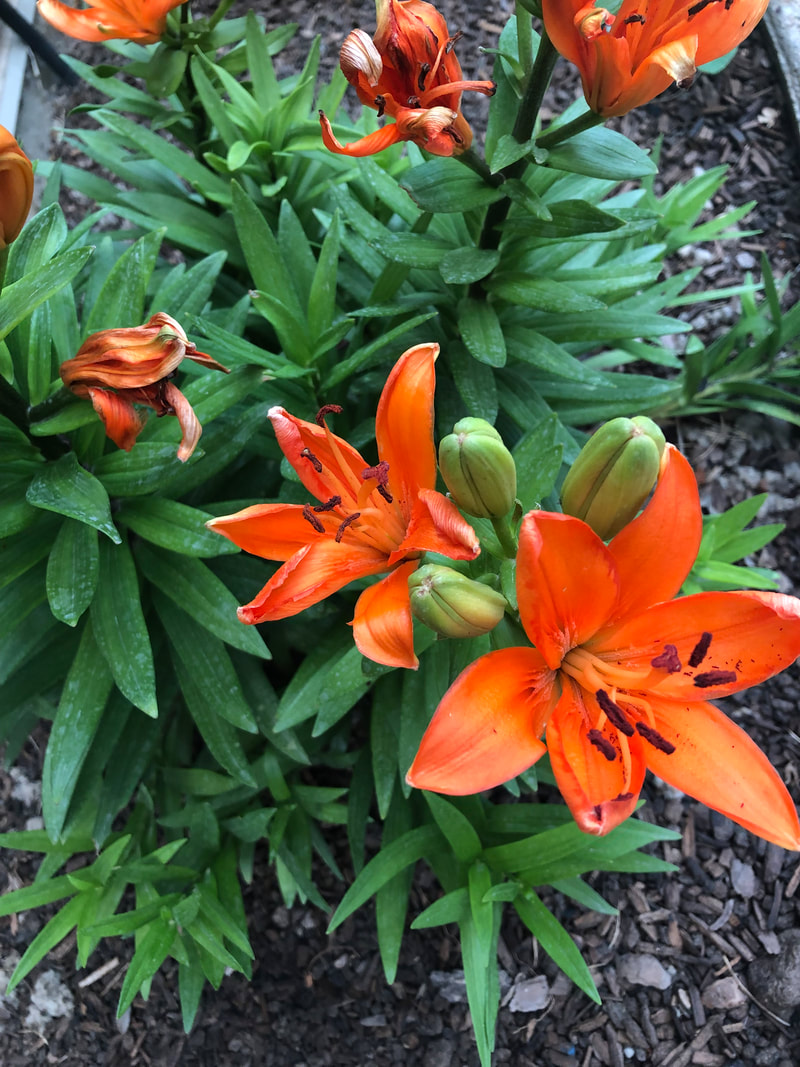
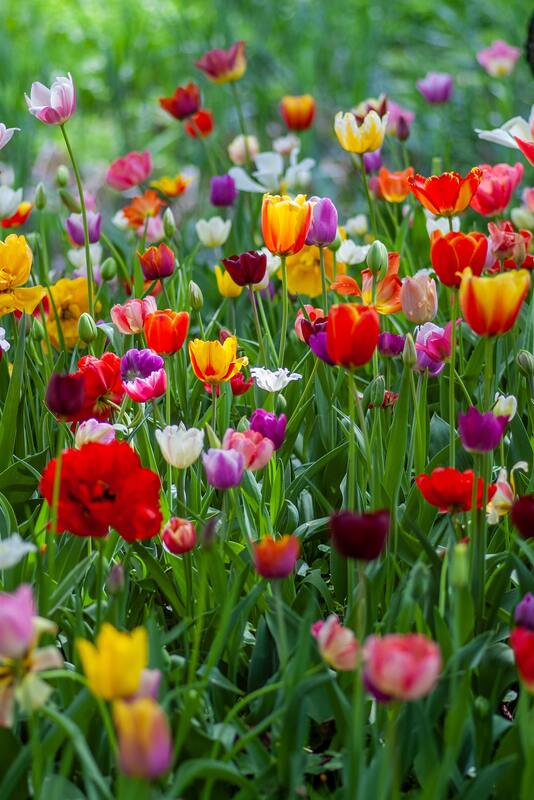
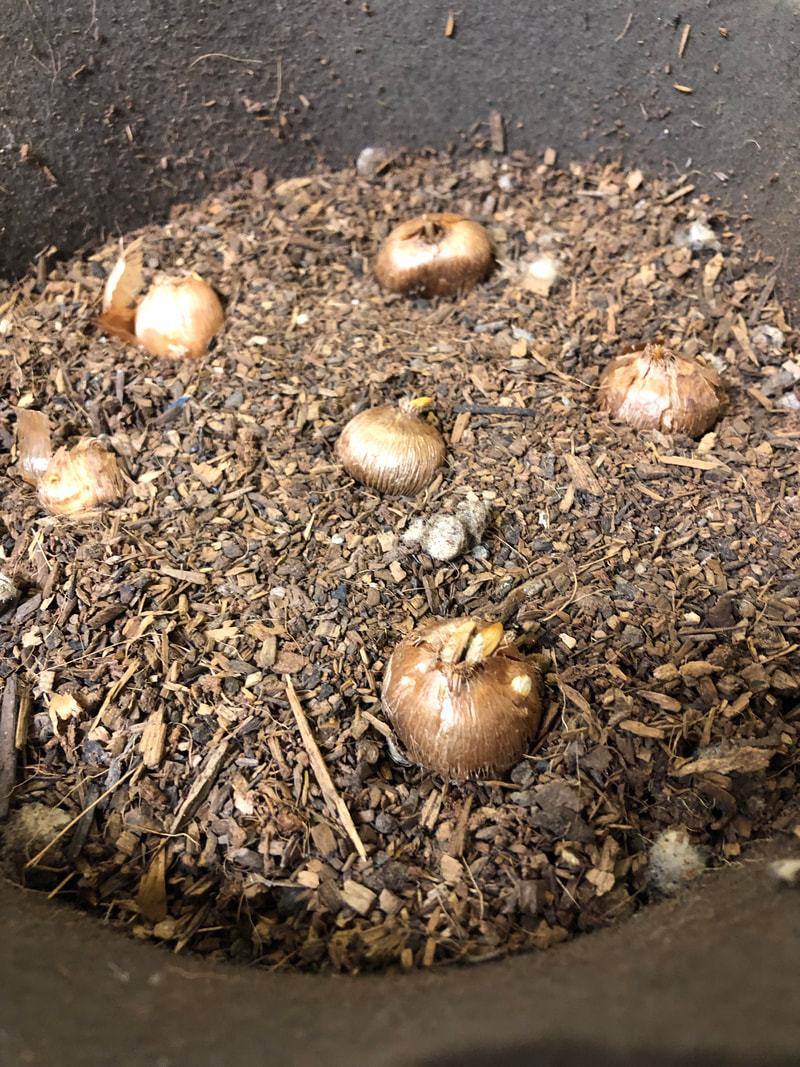
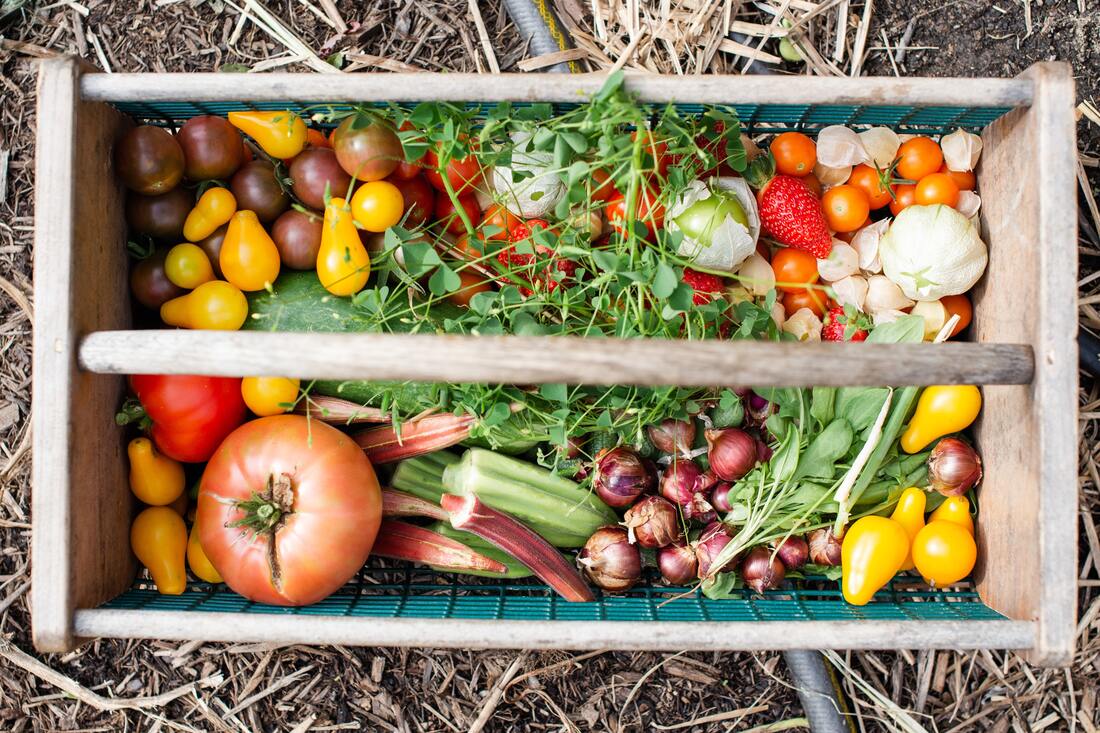


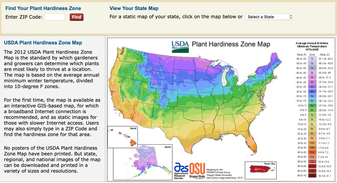



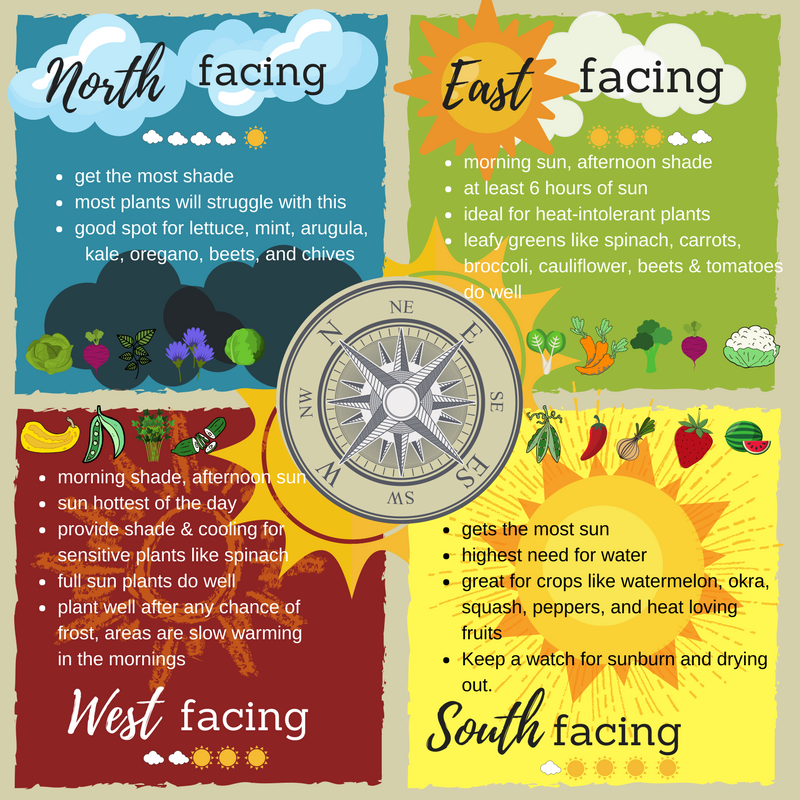
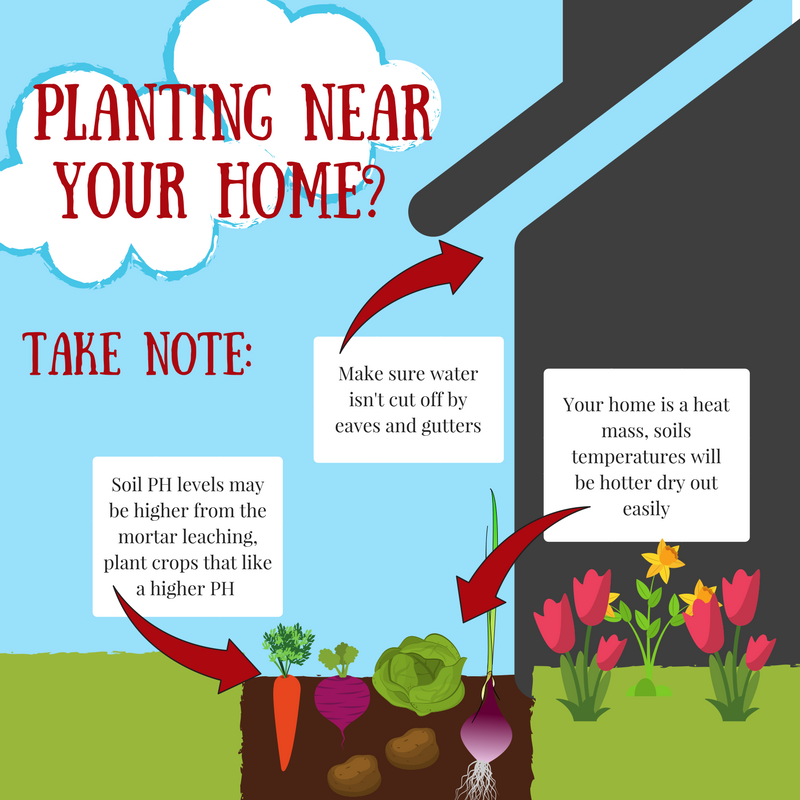


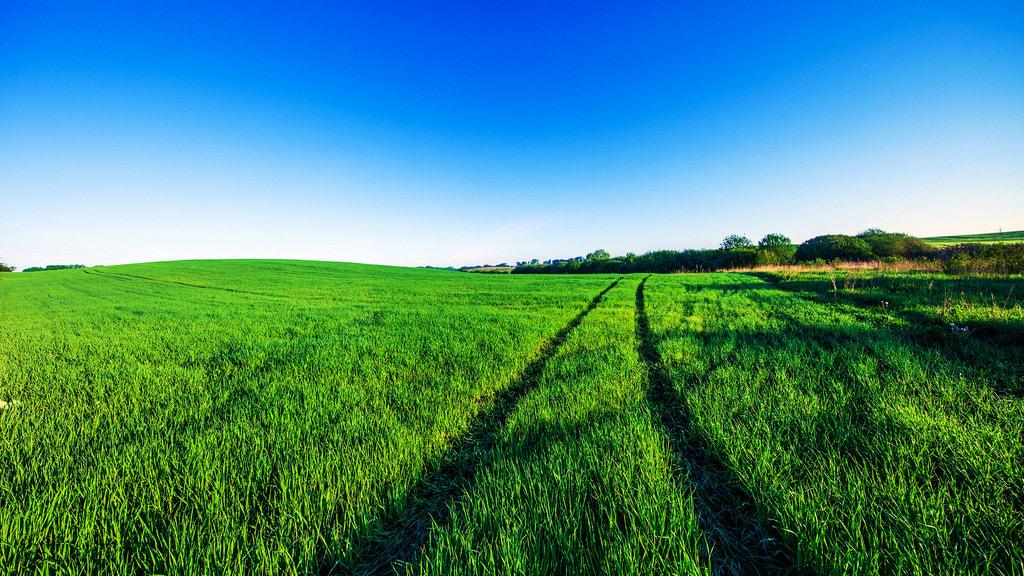

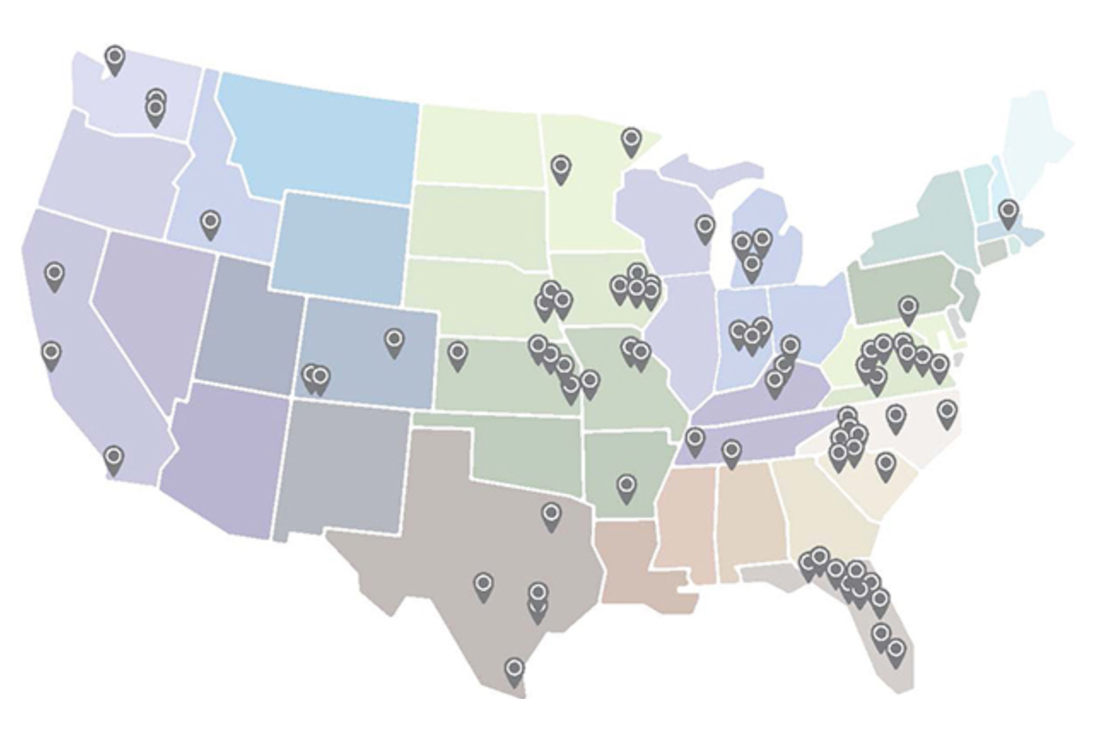

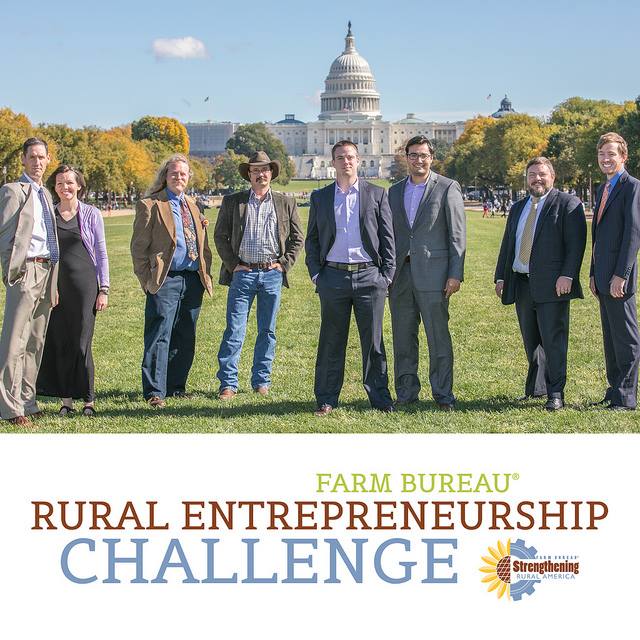



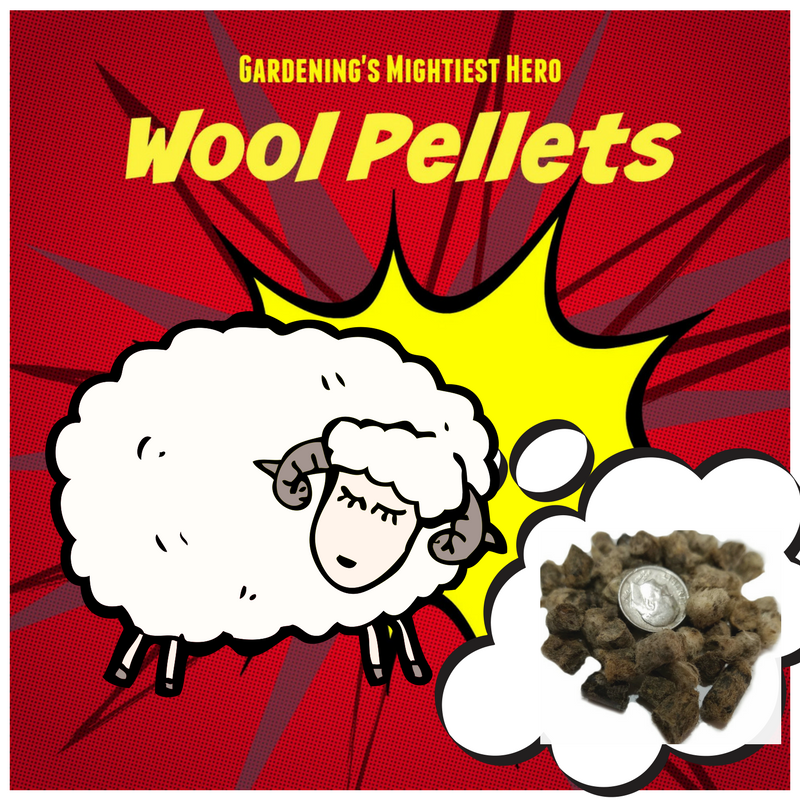
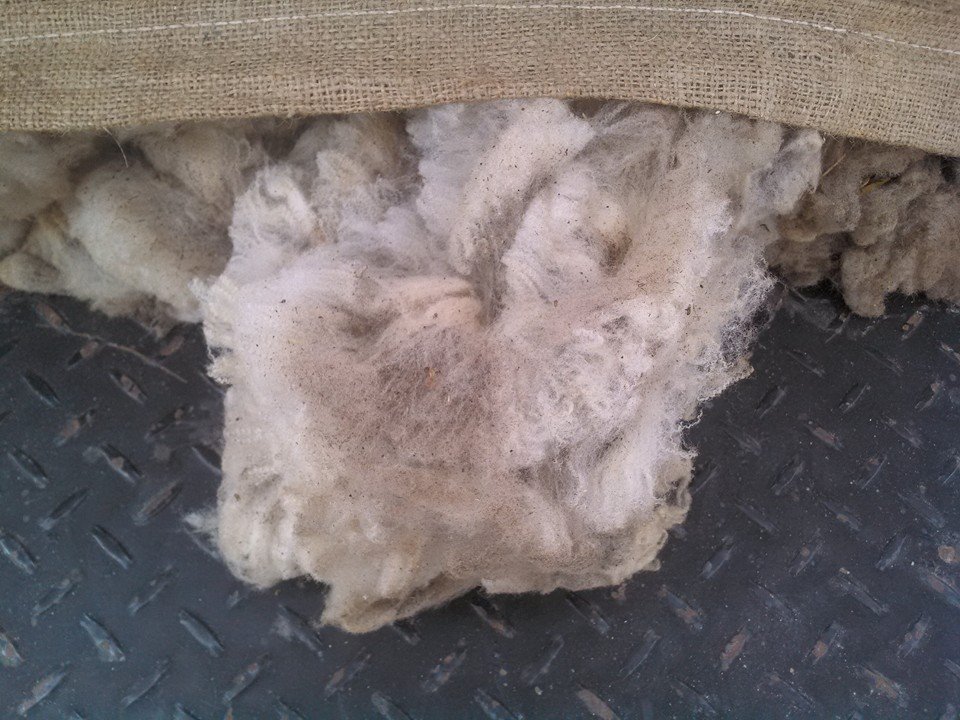
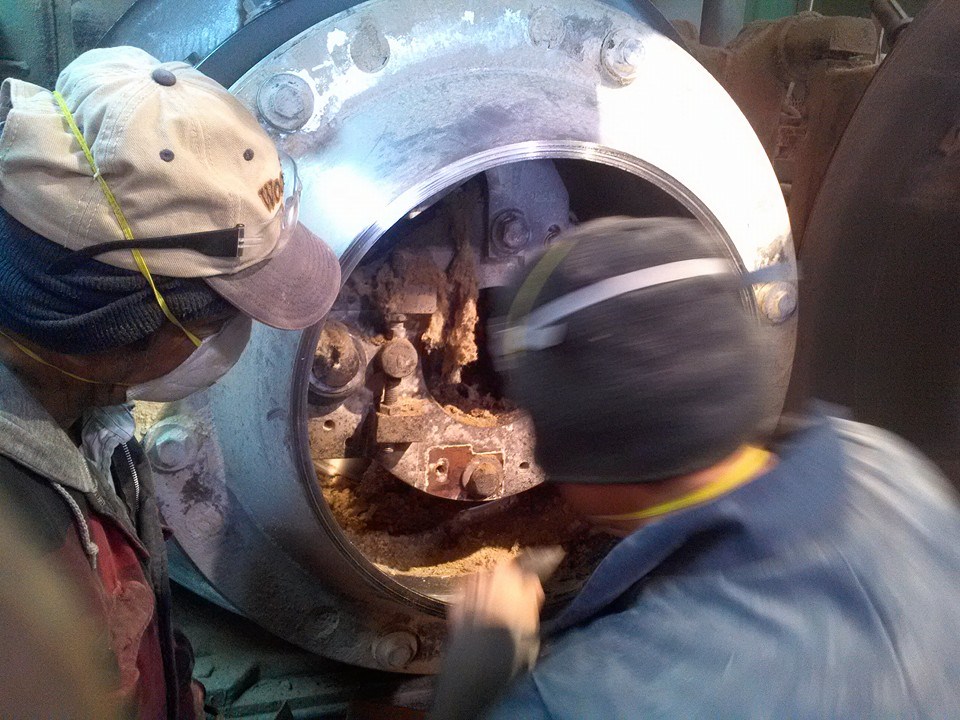
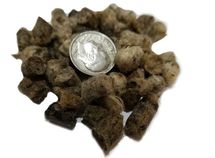

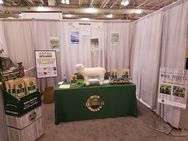

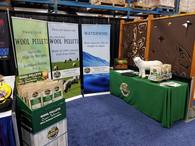


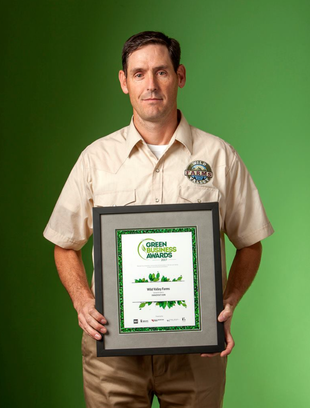
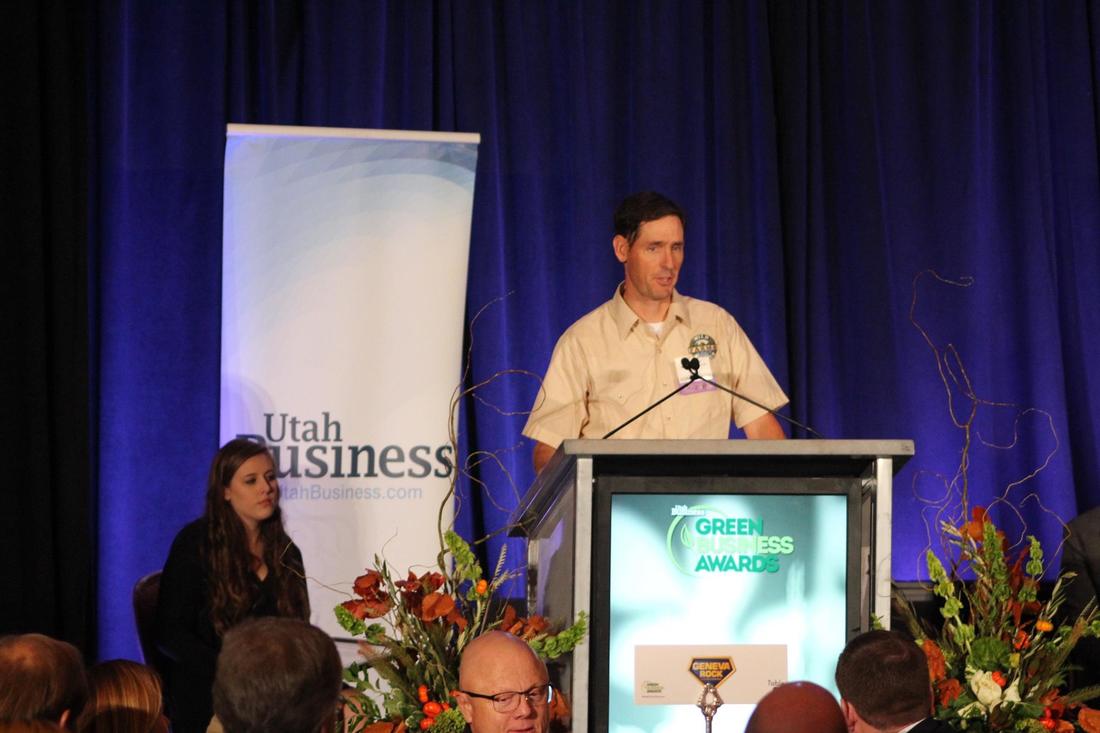
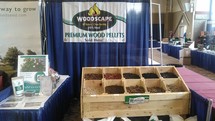



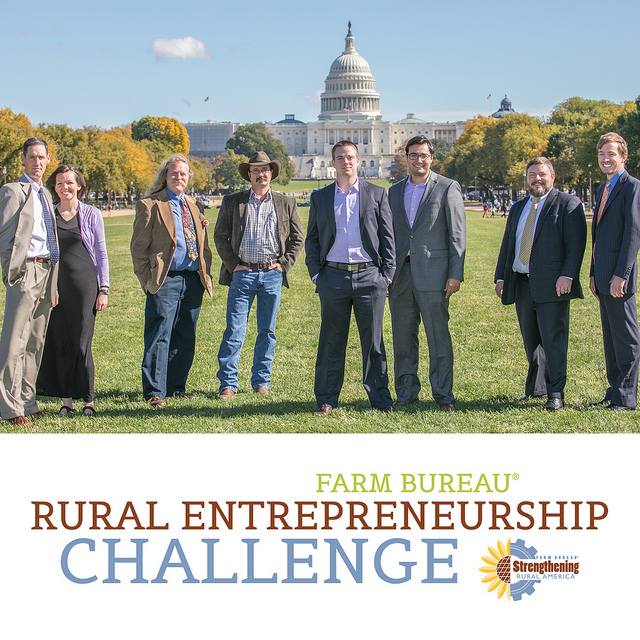




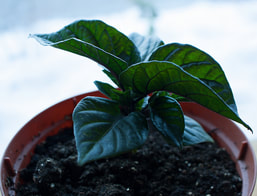
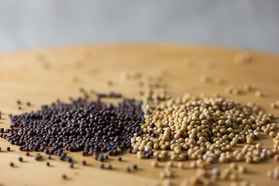


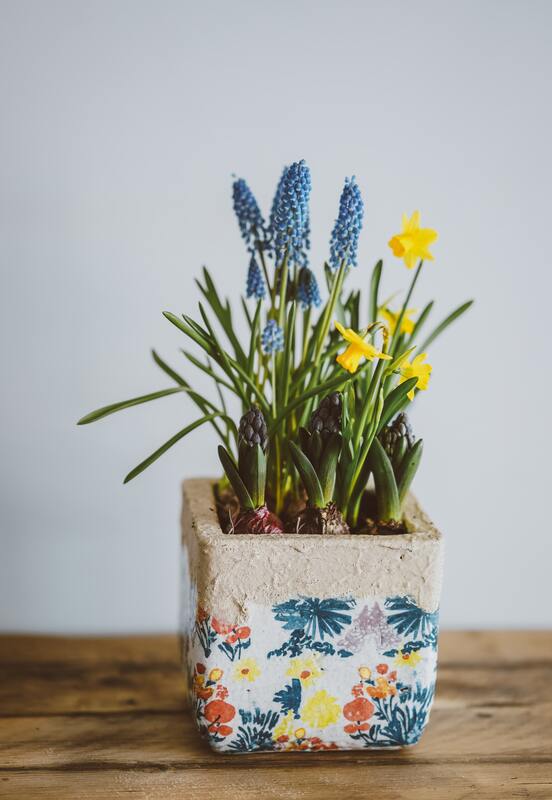
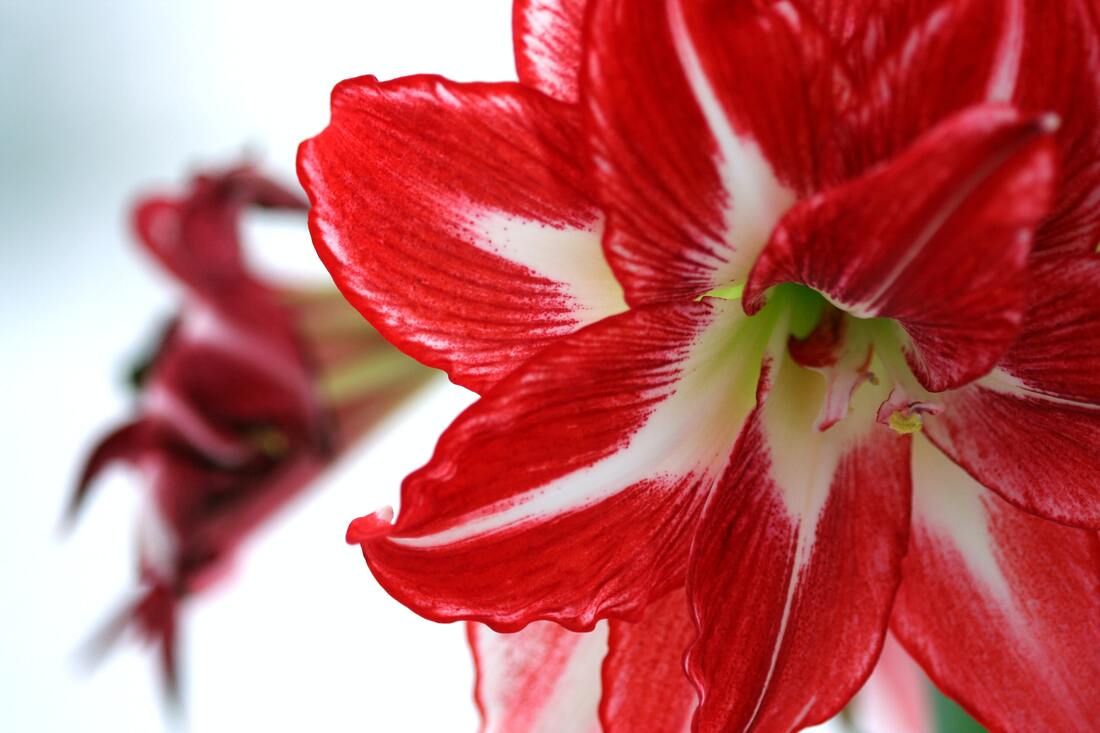
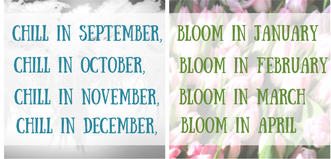


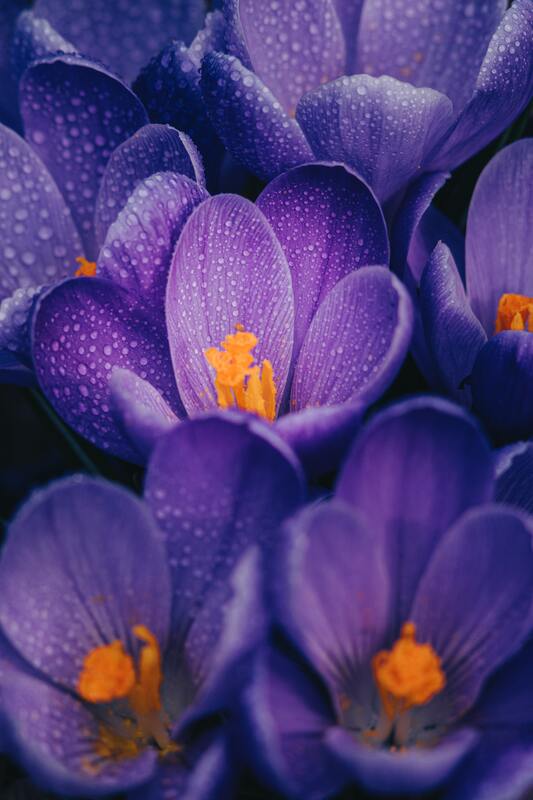

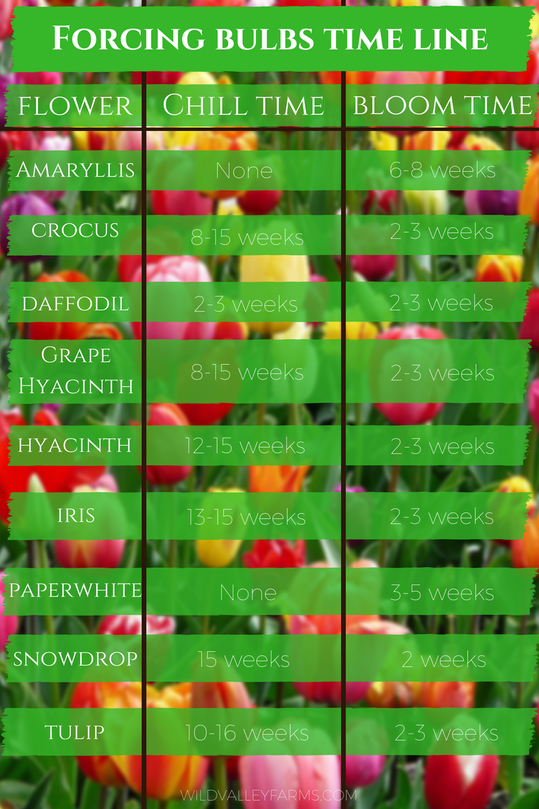









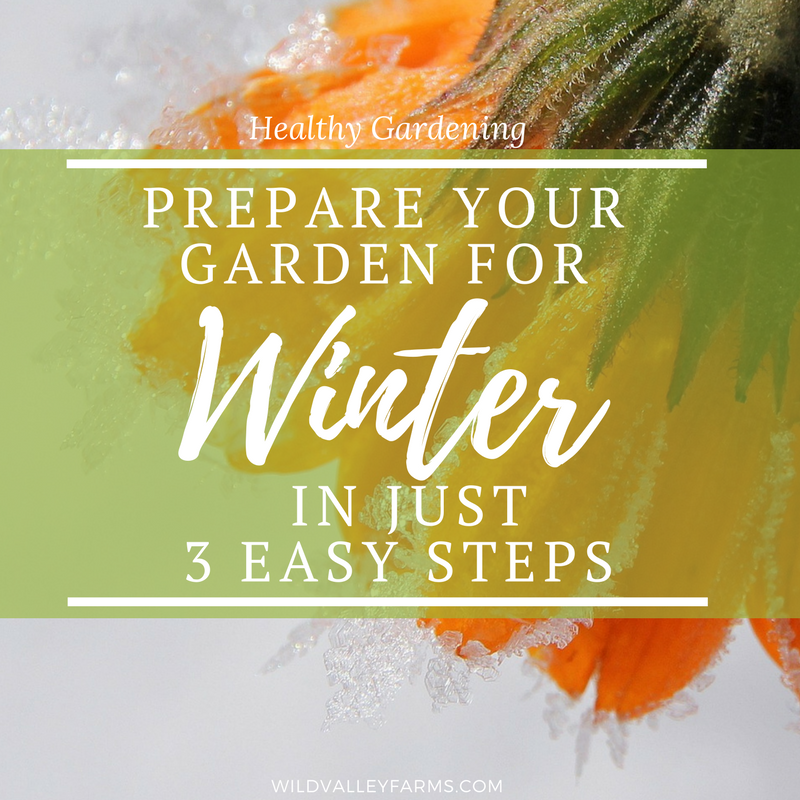




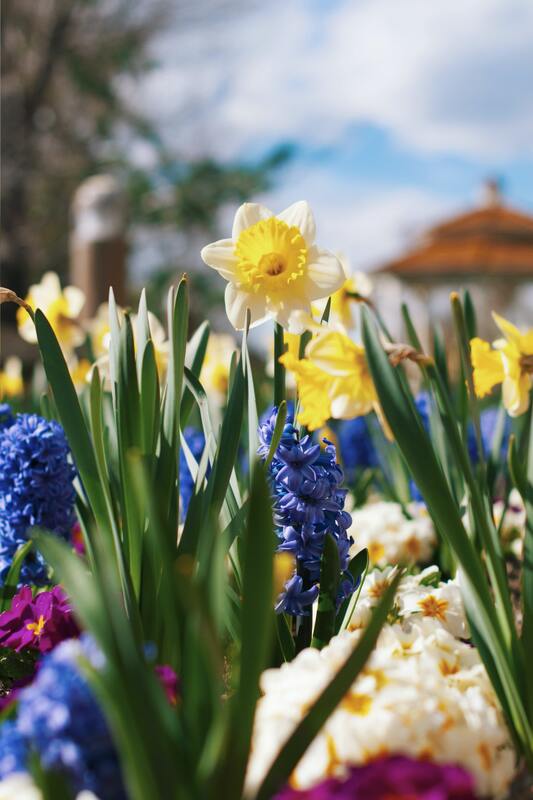
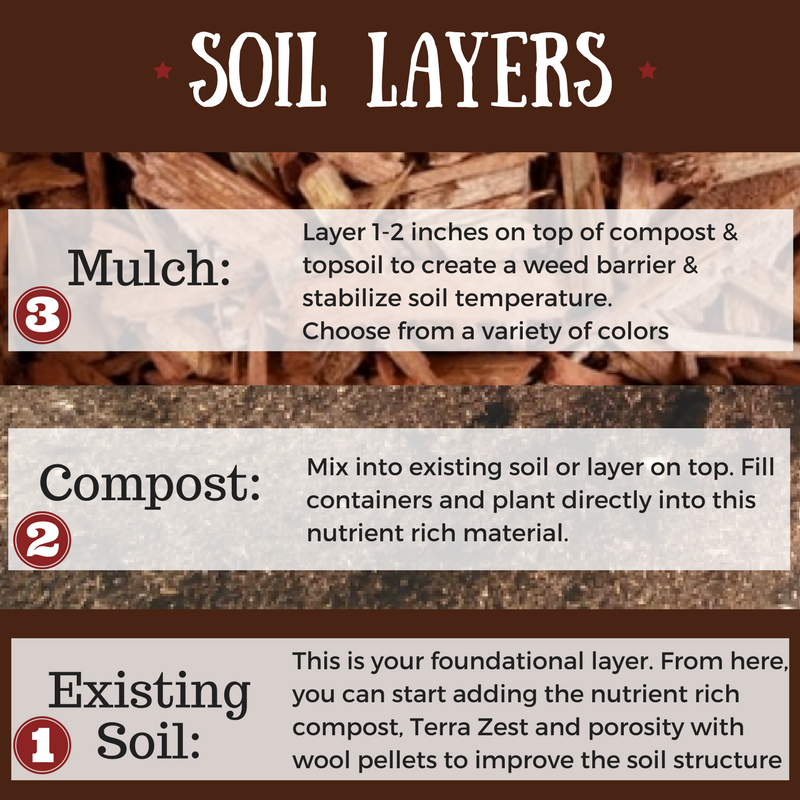


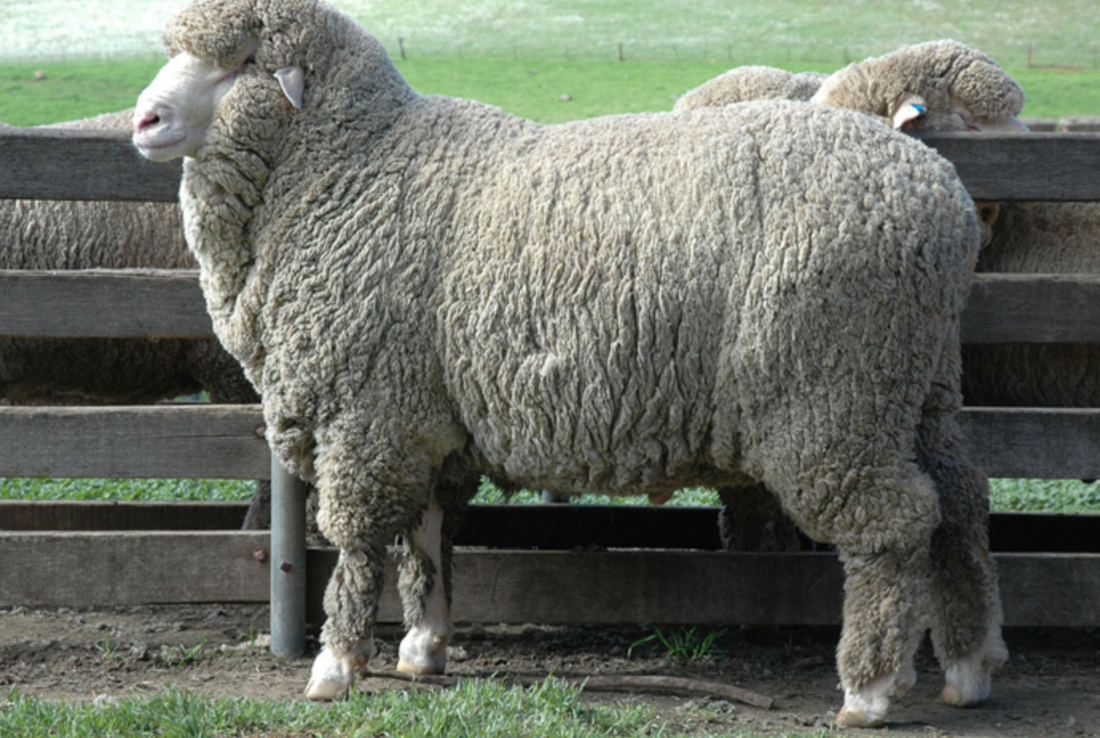
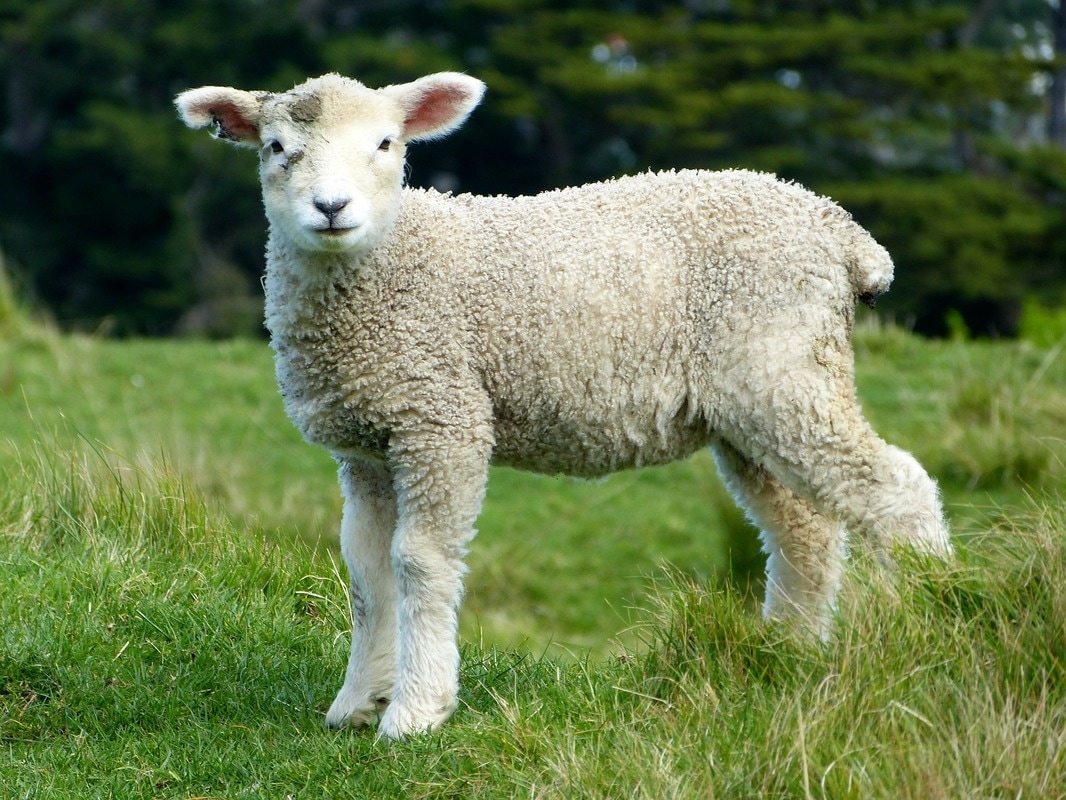


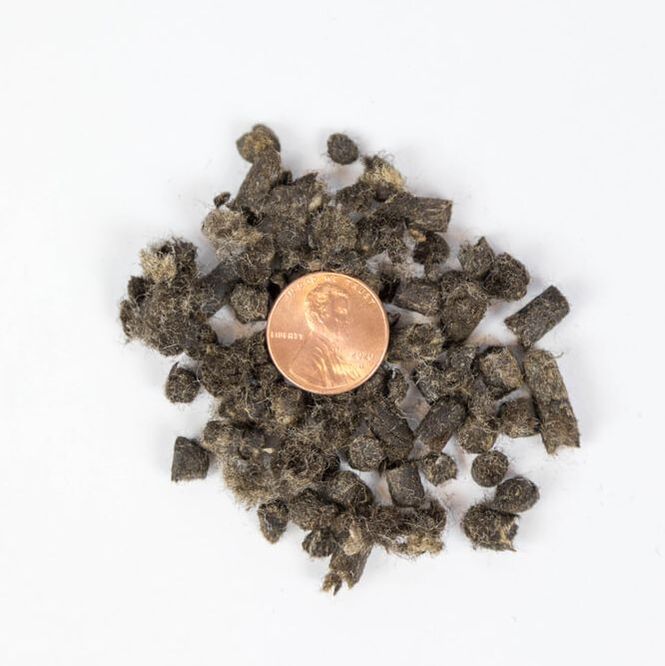




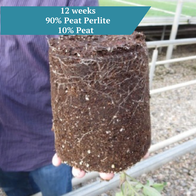
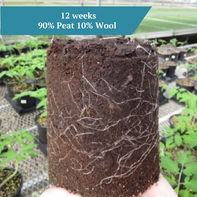


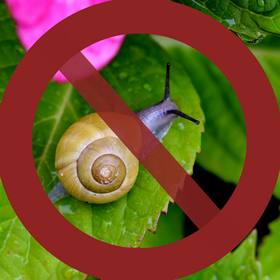




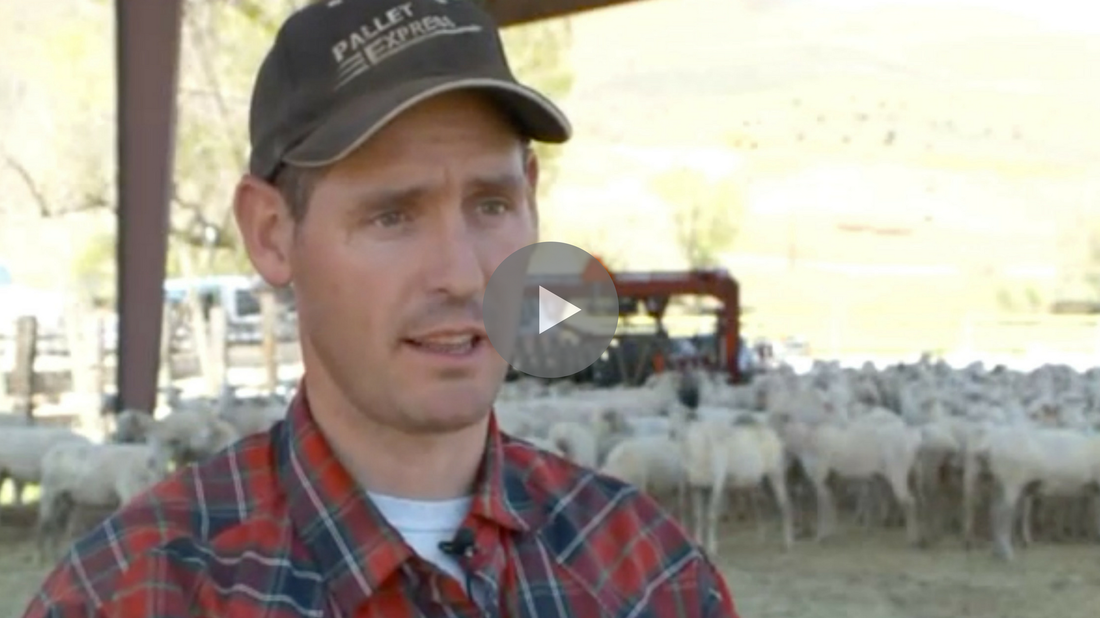
 RSS Feed
RSS Feed

